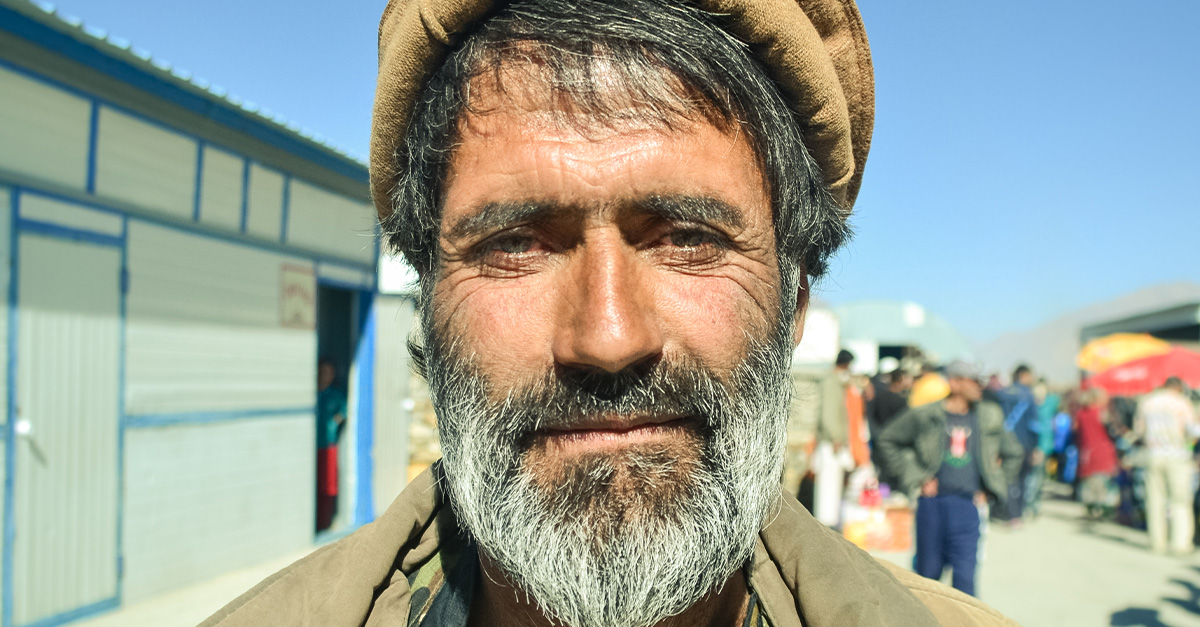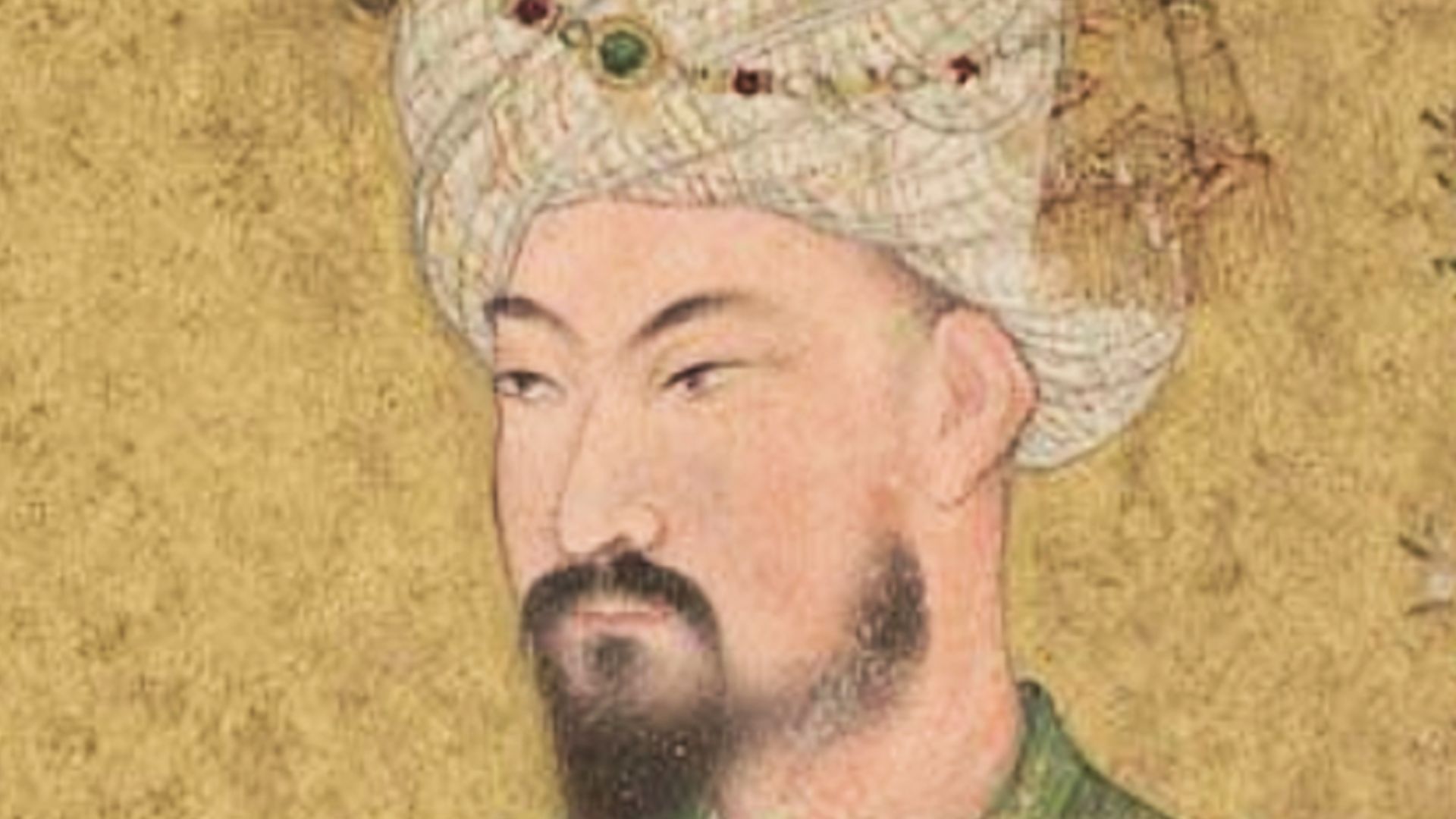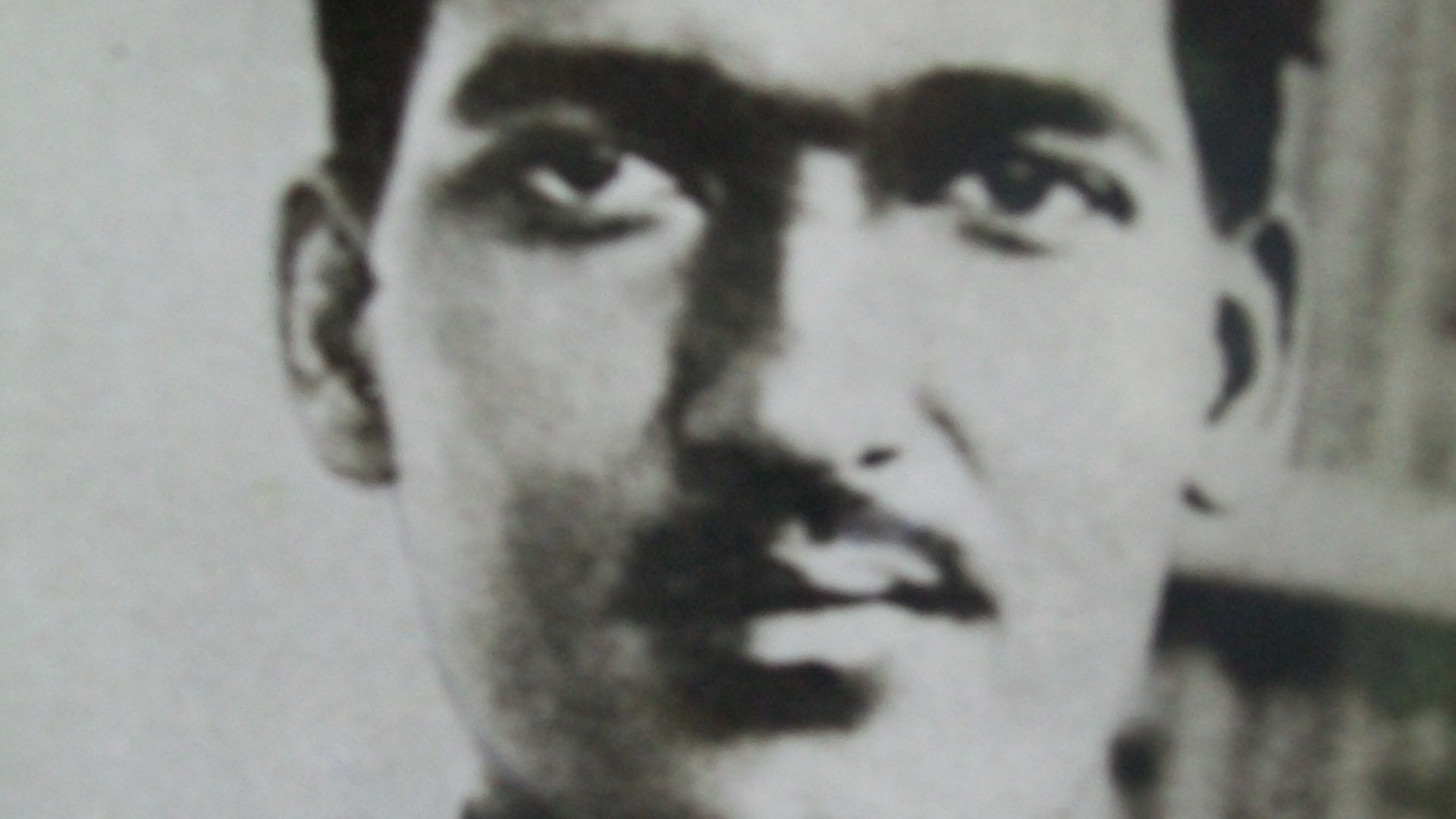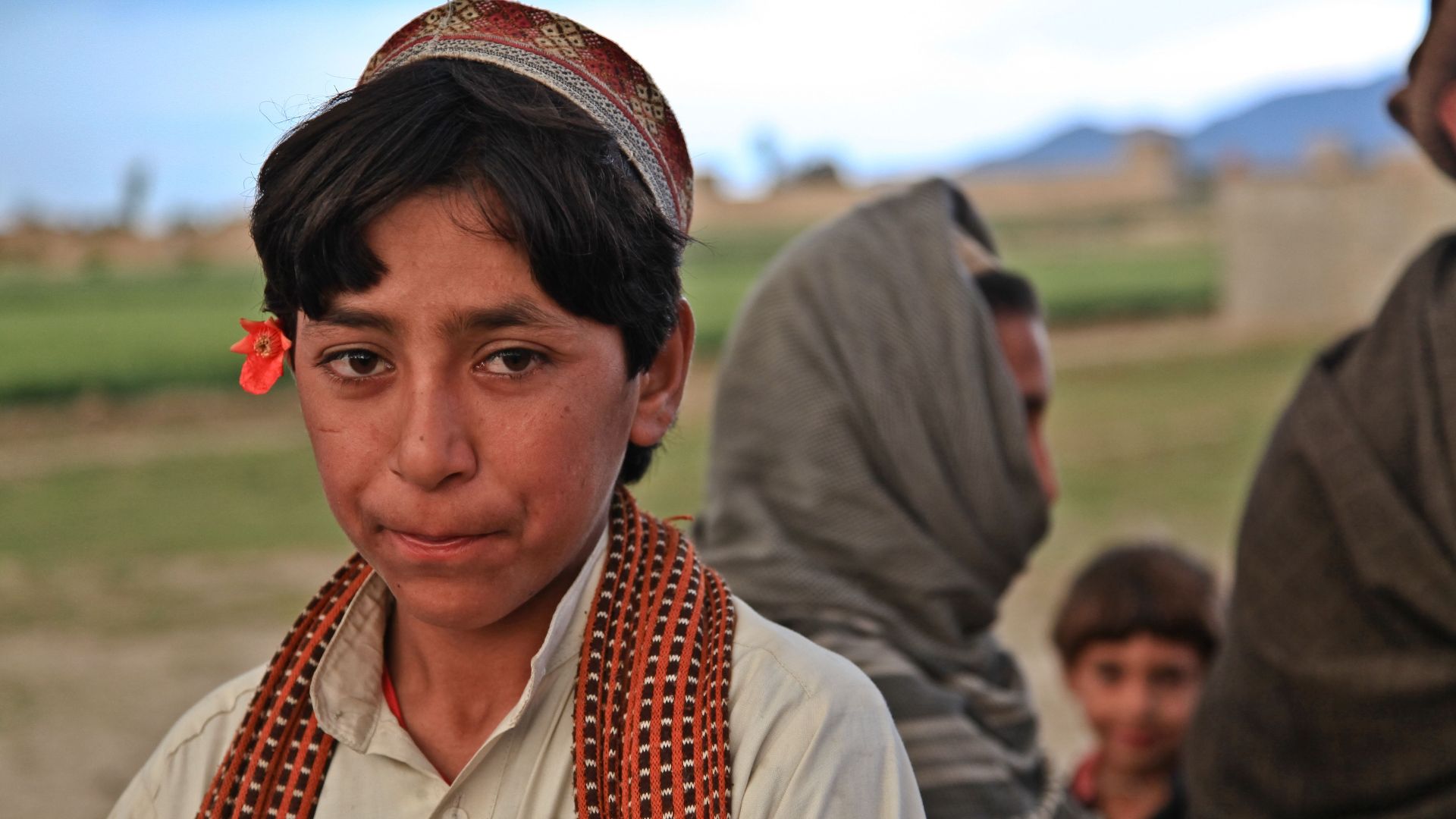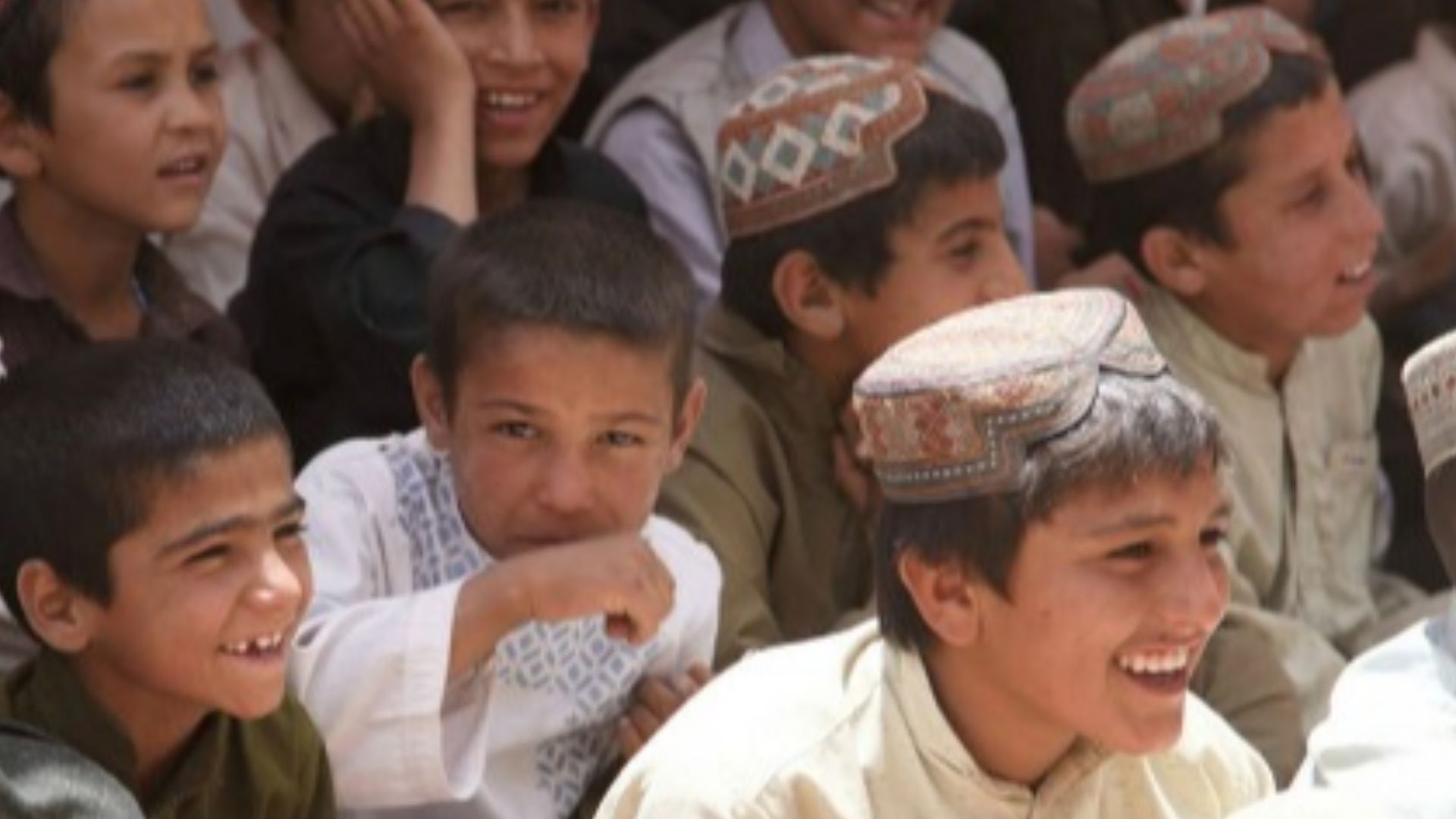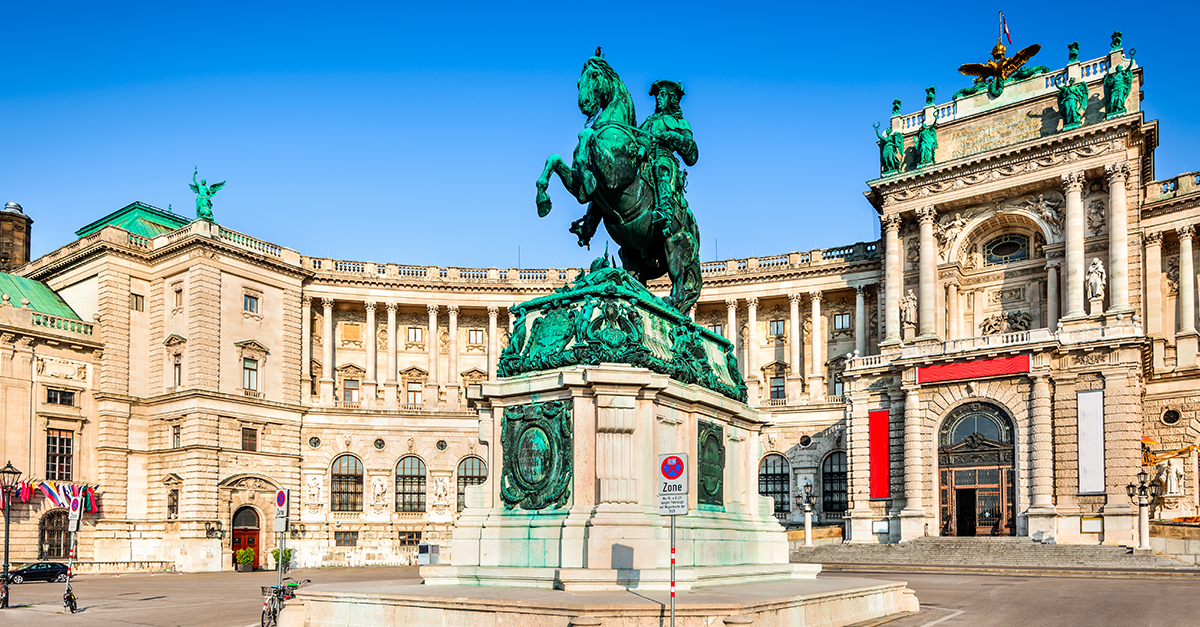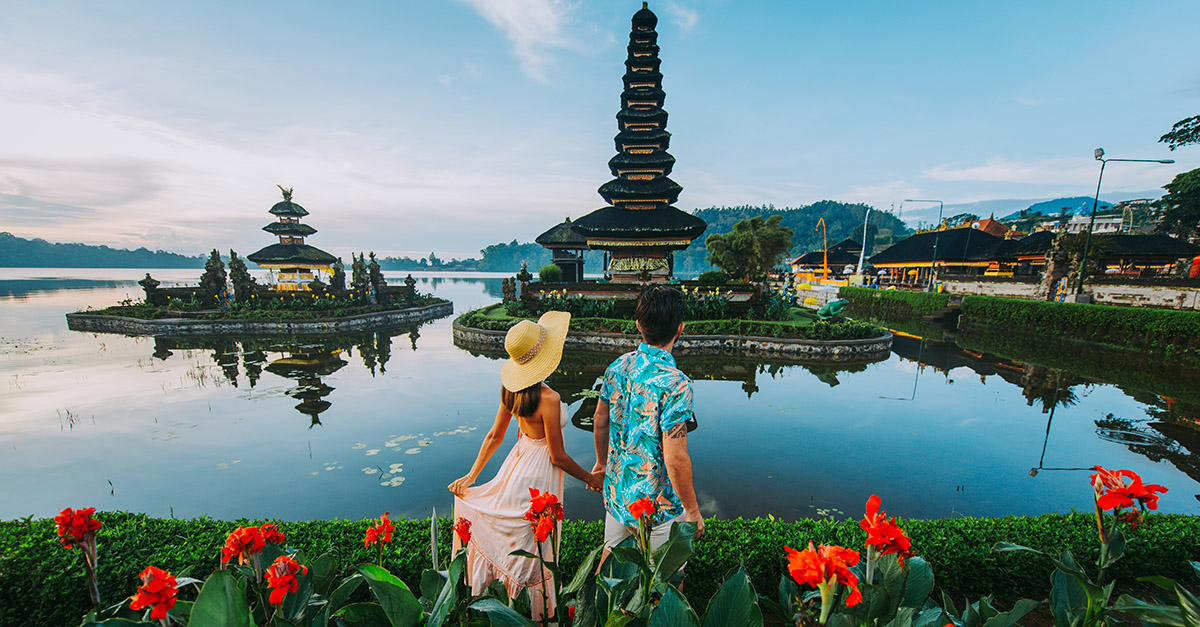This Mountain Tribe Lives By A Code, At The Expense Of Almost Everything Else
The Pashtuns are a large ethnic group of Iranians living in northwestern Pakistan, eastern Afghanistan, and southern Afghanistan. With a tribal population of 15 to 70 million people, they're one of the largest ethnic groups in the region and the largest ethnic group in Pakistan. Of course, like many ethnic groups, they have vast populations worldwide, with a diaspora spreading as far as Canada, the United States, and Europe. Let's explore the origins, history, and ancient code governing Pashtuns' lives.
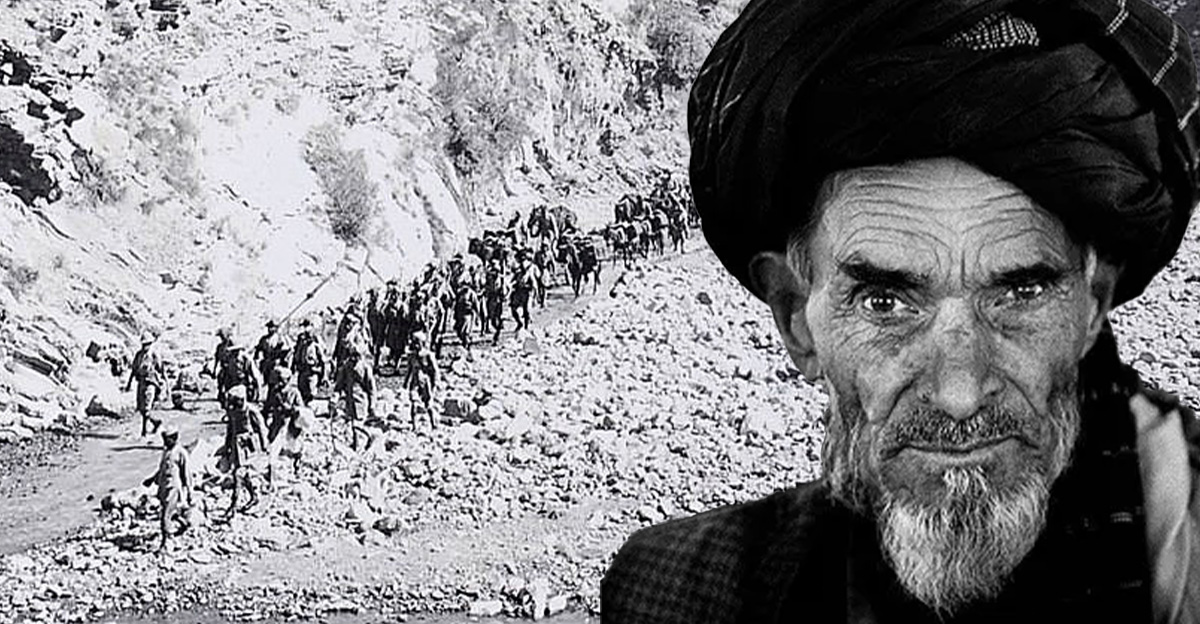
The Unclear Origins Of The Pashtun People
The Pashtuns' origin story is one of a true mixed bag of theories. Some scholars believe that the group originated from old Iranian tribes spread throughout Iran, while others believe them to be of Indo-Aryan origin—specifically, a group called the Pathas, whose existence is documented between the 2nd and 1st millennium BC. At best, scholars agree that the origins of the Pashtuns are obscure and that "it's a bit like trying to find the origin of the Amazon".
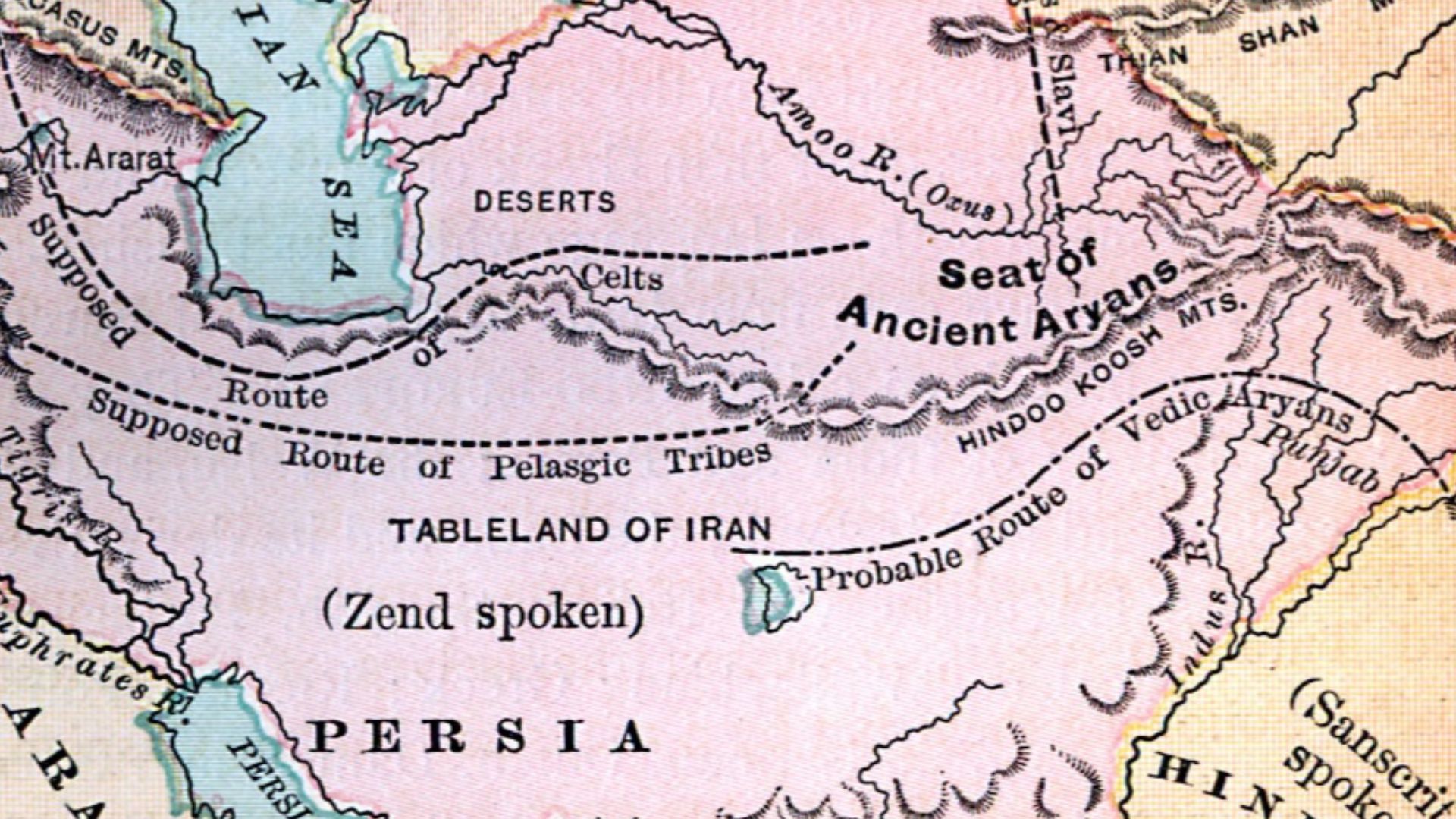 John D. Quackenbos, Wikimedia Commons
John D. Quackenbos, Wikimedia Commons
Forced Apart By Geography, United By Language
Despite numbering in the millions and spread far and wide between Pakistan, Afghanistan, and the diaspora, most Pashtuns speak Pashto, an ancient Iranian language dialect. Many speak Urdu and/or Dari (Persian). There are many Pashtuns who speak two of the three languages fluently. Others also speak English.
A Badakhshani Origin?
Another popular theory is that the Pashtuns originated from the Badakhshan region of modern-day Tajikistan, branching out from the Saka tribes that were the origins of the Pamiri people. Linguists have observed the similarities between Pashto and the Saka dialect, although again, there's no evidence of a singular origin.
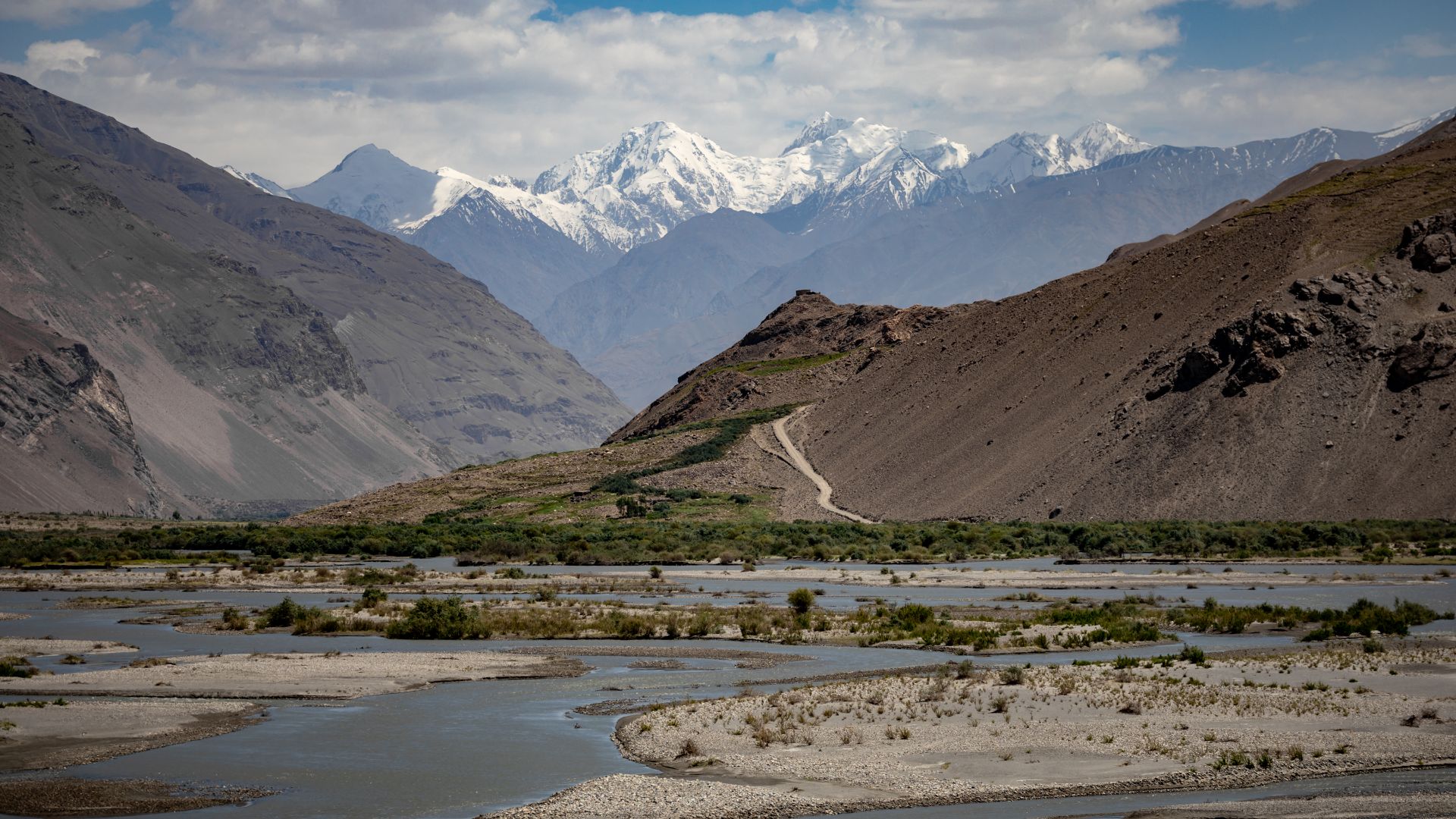 Ninara from Helsinki, Finland, Wikimedia Commons
Ninara from Helsinki, Finland, Wikimedia Commons
The Sultanate Of Delhi
One of the earliest examples of Pashtun power in the Middle East was the Sultanate of Delhi, which was an empire that ruled over large parts of Afghanistan and Pakistan, beginning in 1451 when an Afghan royal, Bahlul Lodi, gained the throne of the Sultanate from his uncle Malik Lodi, ruling until 1526.
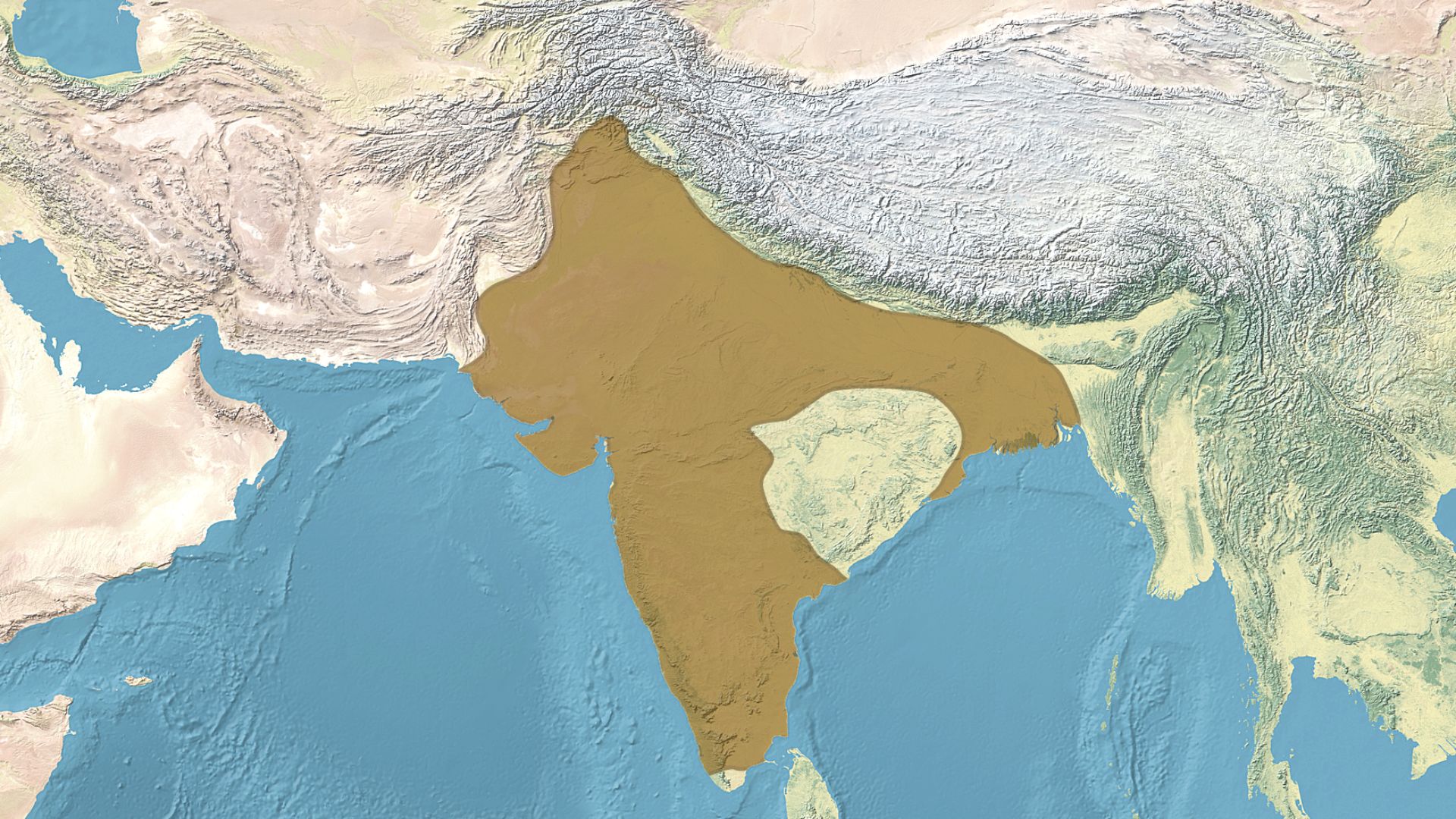 naturalearthdata.com, offered to the Public Domain per Terms of Use, Wikimedia Commons
naturalearthdata.com, offered to the Public Domain per Terms of Use, Wikimedia Commons
The Power Of The Pashtun Nobility
In an area of the world so rich with tribal history and a tribal hierarchical setting, your imperial dreams aren't going to go very far, if you can't get the larger tribes on-side. During the time of the Delhi Sultanate, the Pashtuns enjoyed a huge amount of political power.
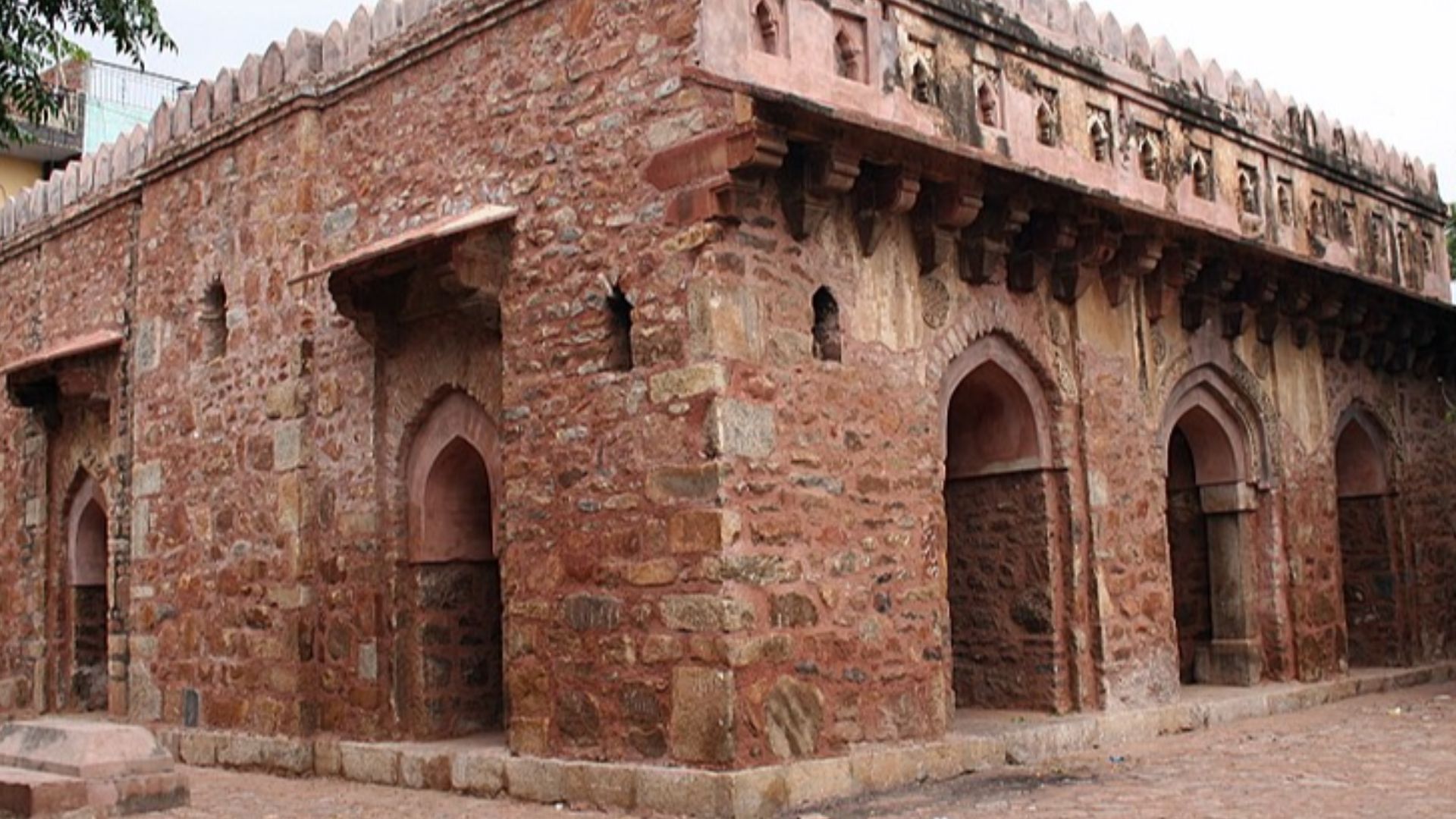 Ramesh lalwani, Wikimedia Commons
Ramesh lalwani, Wikimedia Commons
The Pashtuns Role In The Downfall Of The Delhi Sultanate
In 1526, when the eldest son of Sikander Lodi, Ibrahim, lost the Battle of Panipat, most of the Pashtun warriors who had fought fiercely for his father were nowhere to be found. Partially out of self-preservation and self-interest, the Delhi Sultanate fell into the hands of Babur The Great, a descendant of Genghis Khan.
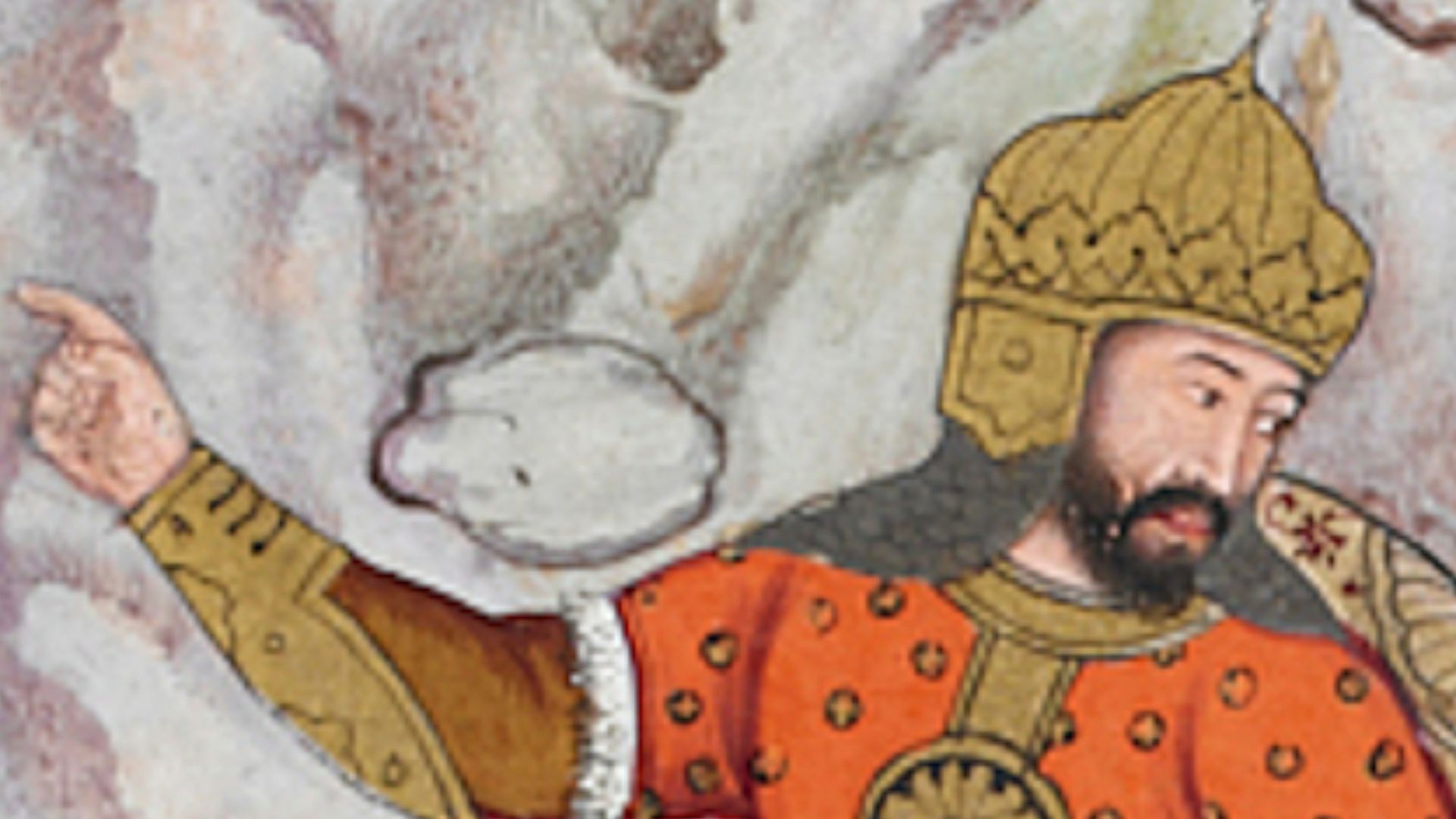 c.1590 artist, Wikimedia Commons
c.1590 artist, Wikimedia Commons
The Pashtuns Under The Mughal Empire
After the Lodi dynasty fell at Panipant, many Pashtuns either became absorbed into the empire, serving in various capacities as liaisons between other Pashtun tribes and their Mughal leadership. However, not long after Babur The Great began expanding, other Pashtuns, particularly those in Afghanistan, began putting up resistance.
Resistance On The Front Lines
While Pakistan's Pashtun tribespeople integrated into the Mughal Empire, likely for self-preservation, Pashtuns living in Afghanistan took great umbrage with being subjects of the Mughals, as they had with other imperial powers like the Persians. Pashtun warriors aligned themselves with the Sur Empire, a short-lived empire that ruled over parts of Afghanistan and India from 1540 to 1556.
The Modern Era Of The Pashtuns
The modern era of the Pashtuns begins in the early 18th century, as the Afghan monarchy of the Hotak dynasty rebelled against the Persian imperialists, and the Safavids and seized control of much of Persia between 1722 and 1729. After which, the birth of Afghanistan as a nation began, thanks to the conquest of Afghan tribal leader Ahmad Shah Durrani as the Afghan emperor in 1747.
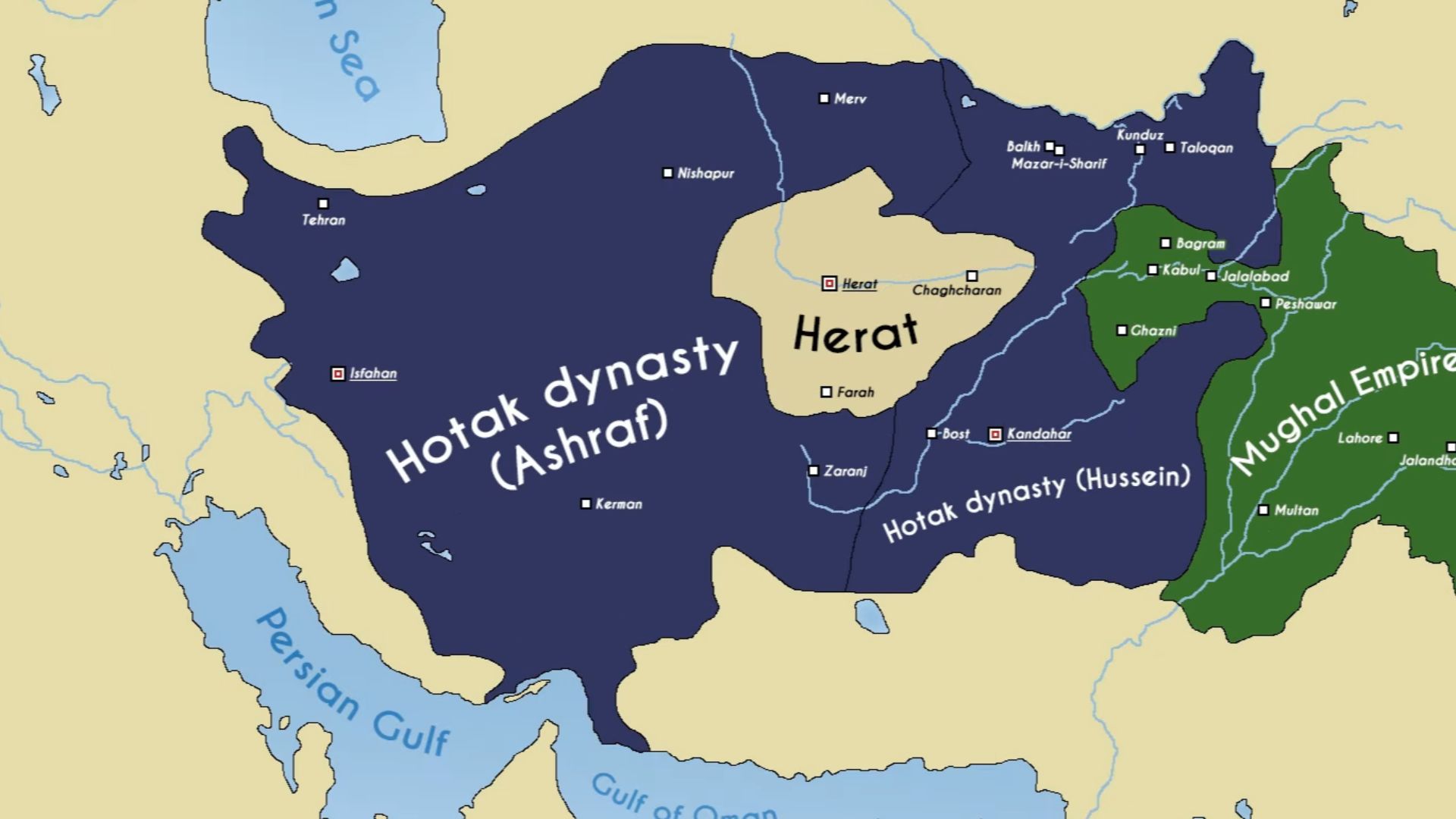 The Dragon Historian, Wikimedia Commons
The Dragon Historian, Wikimedia Commons
A Pashtun Ruler Founds Afghanistan
Ahmad Shah Durrani proved to be one of the most pivotal rulers in the history of the Pashtuns. A Pashtun himself, the founder of the empire and founder of Afghanistan united various tribes to create this new country. The Durrani Empire, which expanded during his reign, is viewed as the second-most important empire of the era, rivalling the Ottomans.
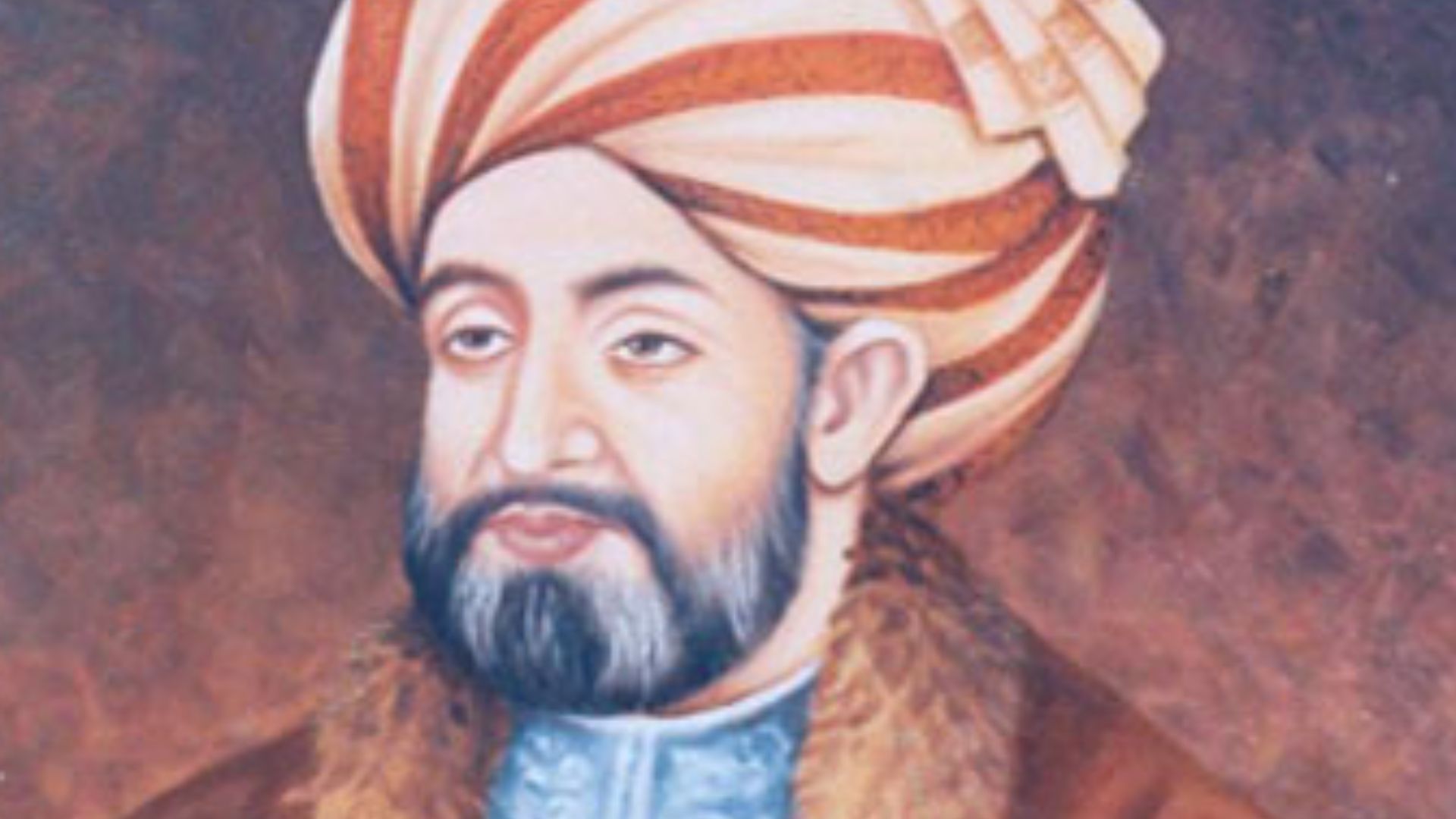 Original drawing by ’Abd al-Ghafur Breshna, this painting by Tapand, Wikimedia Commons
Original drawing by ’Abd al-Ghafur Breshna, this painting by Tapand, Wikimedia Commons
The Pashtuns Fracture After The End Of The Durrani Empire
After the passing of Ahmad Shah in 1772, the Pashtuns could no longer be united under one ruler. They became fractured, divided by loyalties to the Shah and to the newly-founded country of Afghanistan, despite the fact that the Shah had mostly left them to their own devices: how they liked it.
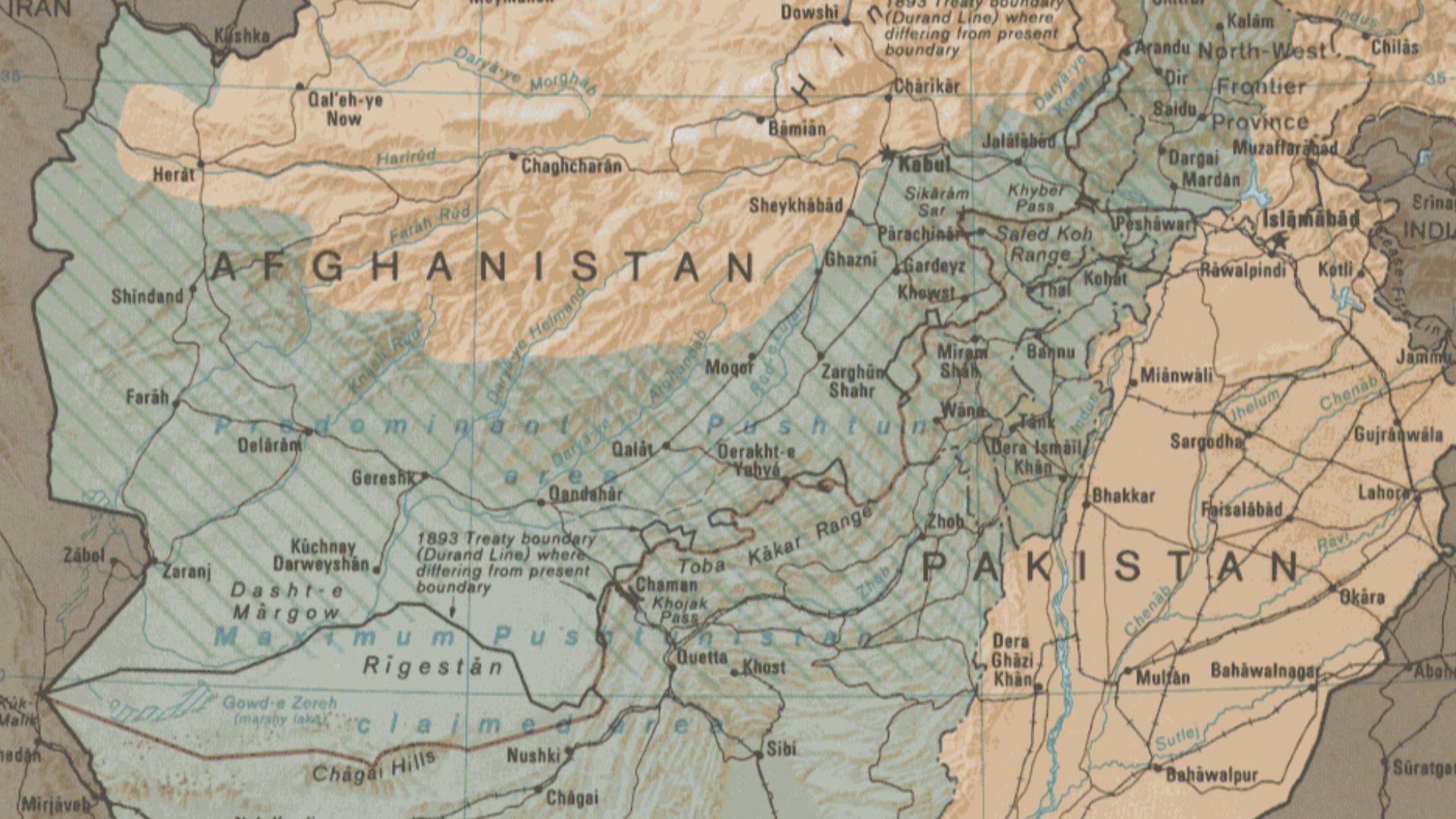 U.S. government, Wikimedia Commons
U.S. government, Wikimedia Commons
Durrani's Son Alienates The Pashtuns
Zaman Shah Durrani, grandson of Ahmad Shah Durrani, ascended to the throne in 1772, but ultimately ended up losing many outlying territories surrounding Afghanistan, which alienated the Pashtun warriors that had been so loyal to his grandfather and father. With the loss of support of the Pashtuns, Zaman Durrani struggled to maintain control over his fractured kingdom.
 Maulvi Abdurab Ahadi, Wikimedia Commons
Maulvi Abdurab Ahadi, Wikimedia Commons
The Barakzai Dynasty Takes Over
The Barakzai dynasty, also known as the Muhammadzai dynasty brought back a cohesive Afghanistan under a monarchy from 1826 until 1973. As the Muhammadzai were were a Pashtun sub-tribe and descendants of the first Durrani ruler of Afghanistan, they had much more legitimacy than Zaman Durrani, who lost the respect of the Pashtuns by losing territory.
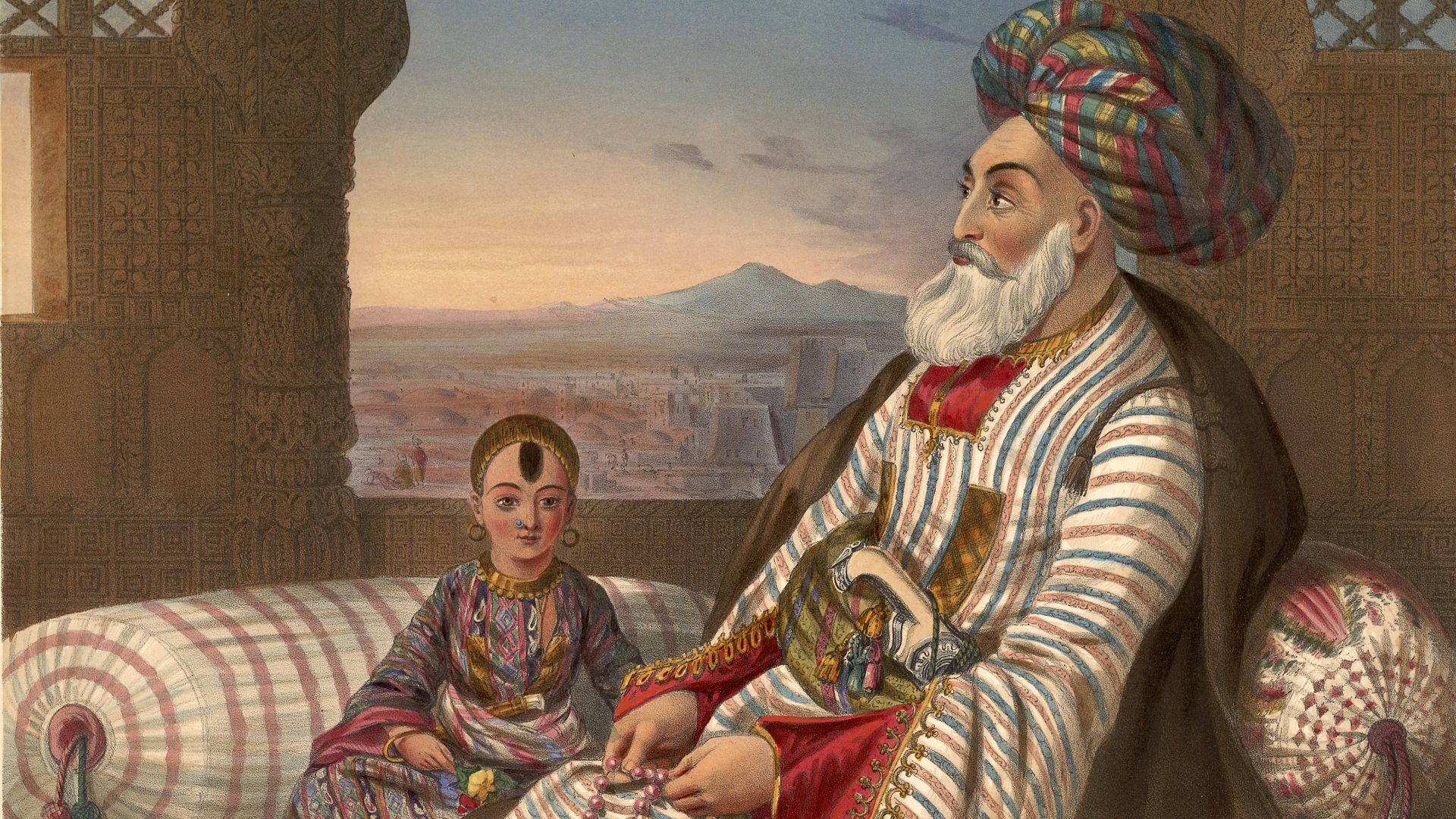 James Rattray (1818-1854), Wikimedia Commons
James Rattray (1818-1854), Wikimedia Commons
A Cohesive Afghanistan
Under the leadership of Dost Mohammed Khan, a Barazkai tribesman and the Emir of Afghanistan, the country's fractured main principalities of Kabul, Khandahar, and Herat were all united into one state through brilliant military strategy and political maneuvering. Part of the reason for Khan's success is due to his Pashtun heritage and tribal origin, earning him the respect of other Pashtun tribal leaders.
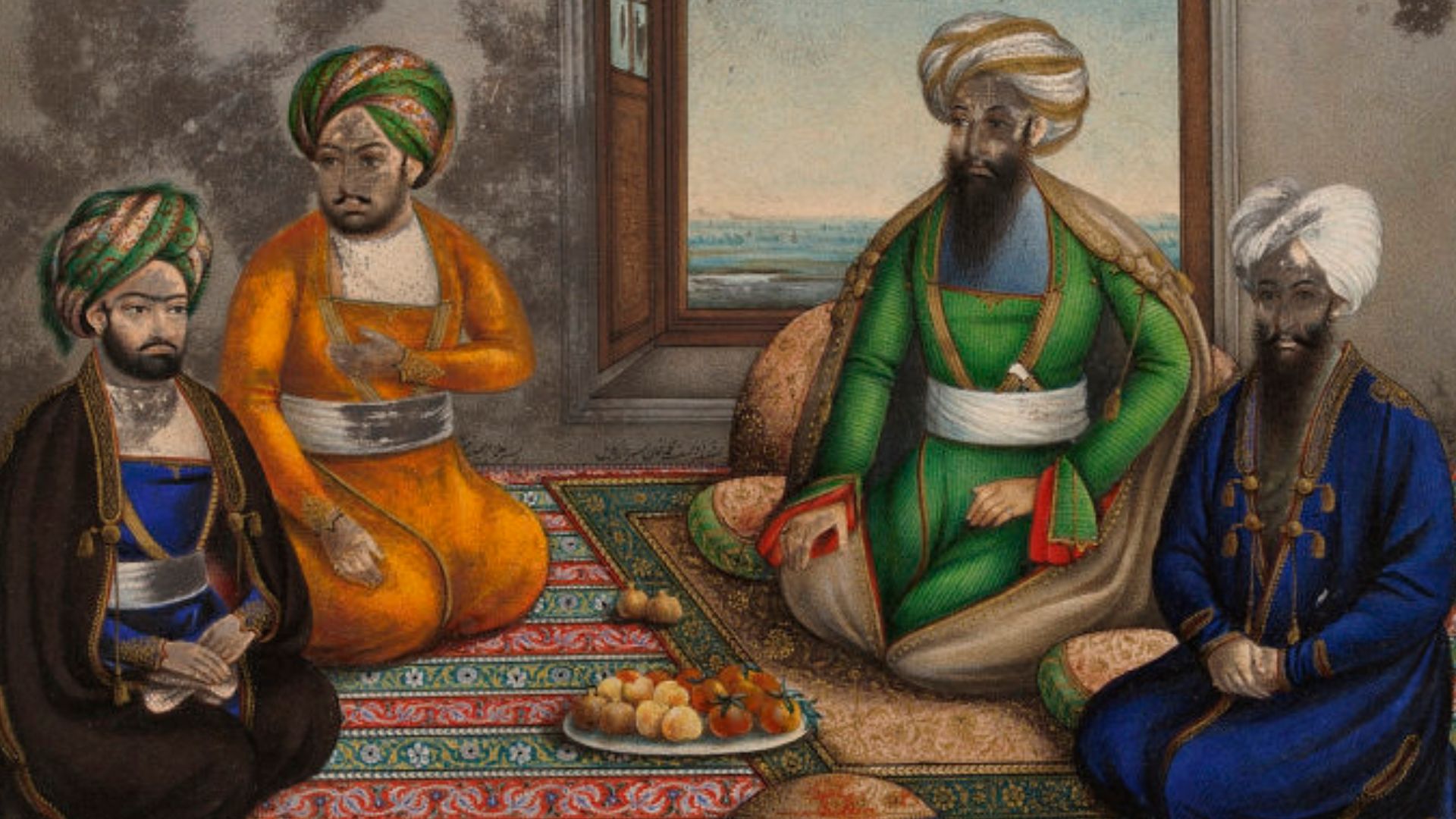 Unknown author, Wikimedia Commons
Unknown author, Wikimedia Commons
The Pashtuns During "The Great Game" Of The 19th Century
Throughout much of the 19th century, Afghanistan was a key battleground between the Soviet Union and Great Britain, two empires vying for control over the resource-rich nation, with one key foe standing in their way: the Pashtuns.
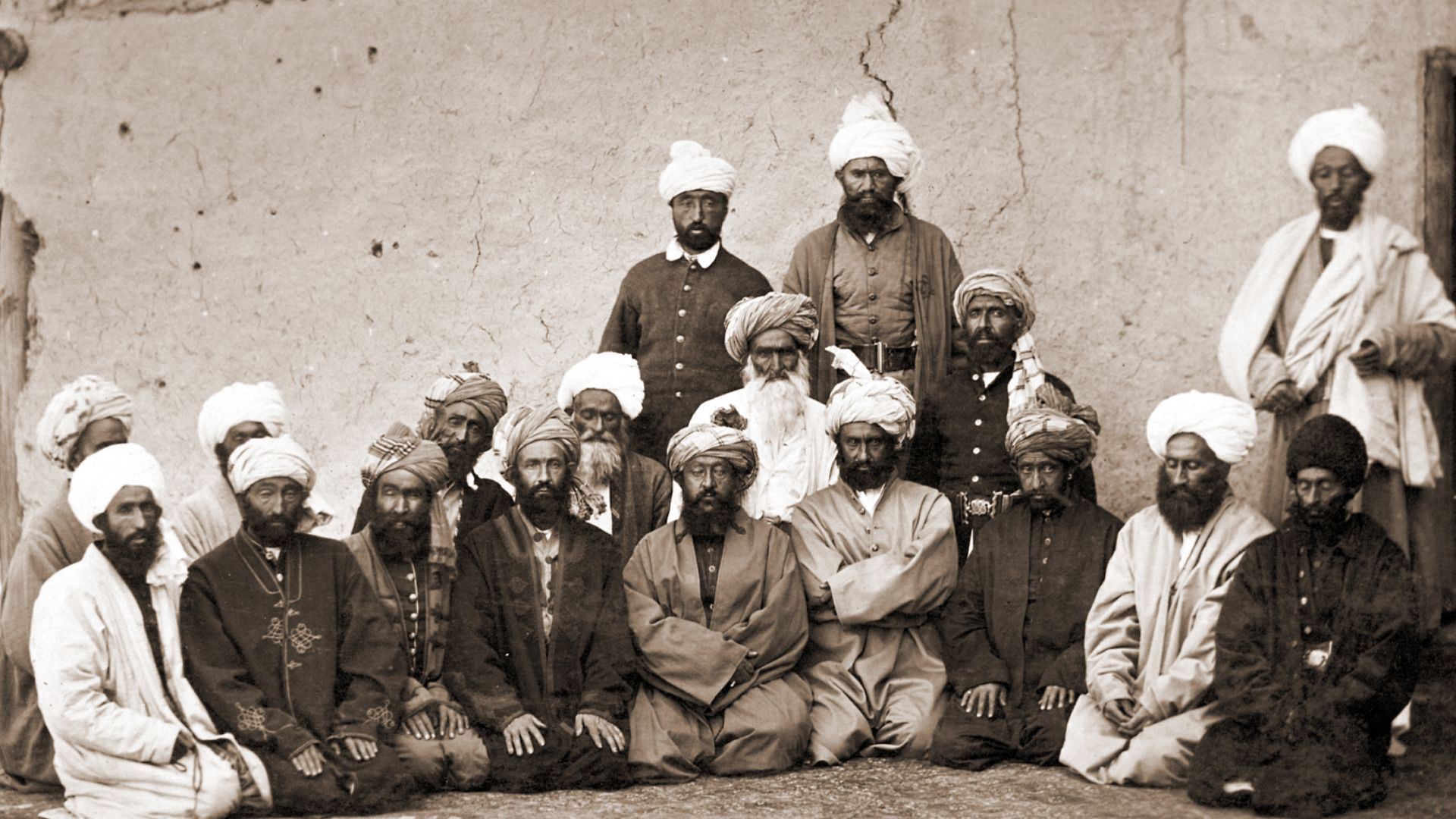 John Burke (1843-1900), Wikimedia Commons
John Burke (1843-1900), Wikimedia Commons
The "Great Game" In More Detail
The so-called "Great Game" was a period of political rivalry between the British and Russian empires, both having achieved significant military conquests in the Middle East: Russia conquered "Turkestan," while Britain expanded the borders of India. Many tribes, independent states, and monarchies came under the rule of either Britain or Russia. Afghanistan was such a place.
The First Anglo-Afghan War
The First Anglo-Afghan War was fought mainly between proud Pashtun tribespeople and the British Army between 1838 and 1842, specifically the Emirate of Kabul, which the British supported as part of a succession dispute between Dost Mohammed Khan and King Shah Shujah Durrani. Pashtuns sided with Dost Mohammed Khan in the dispute and used guerrilla warfare to fight the British, having no formal military training of their own.
 James Rattray (1818-1854), Wikimedia Commons
James Rattray (1818-1854), Wikimedia Commons
The "Iron Amir" Of Afghanistan
During the latter half of the 19th century, there emerged a fearsome Emir of Afghanistan, Abdul Rahman Khan. The Pashtun military leader ruled Afghanistan with an iron fist, uprooting many Durrani-heritage Pashtun tribespeople and transporting them to the Tajik and Uzbek areas of Afghanistan. But his most heinous act was yet to come.
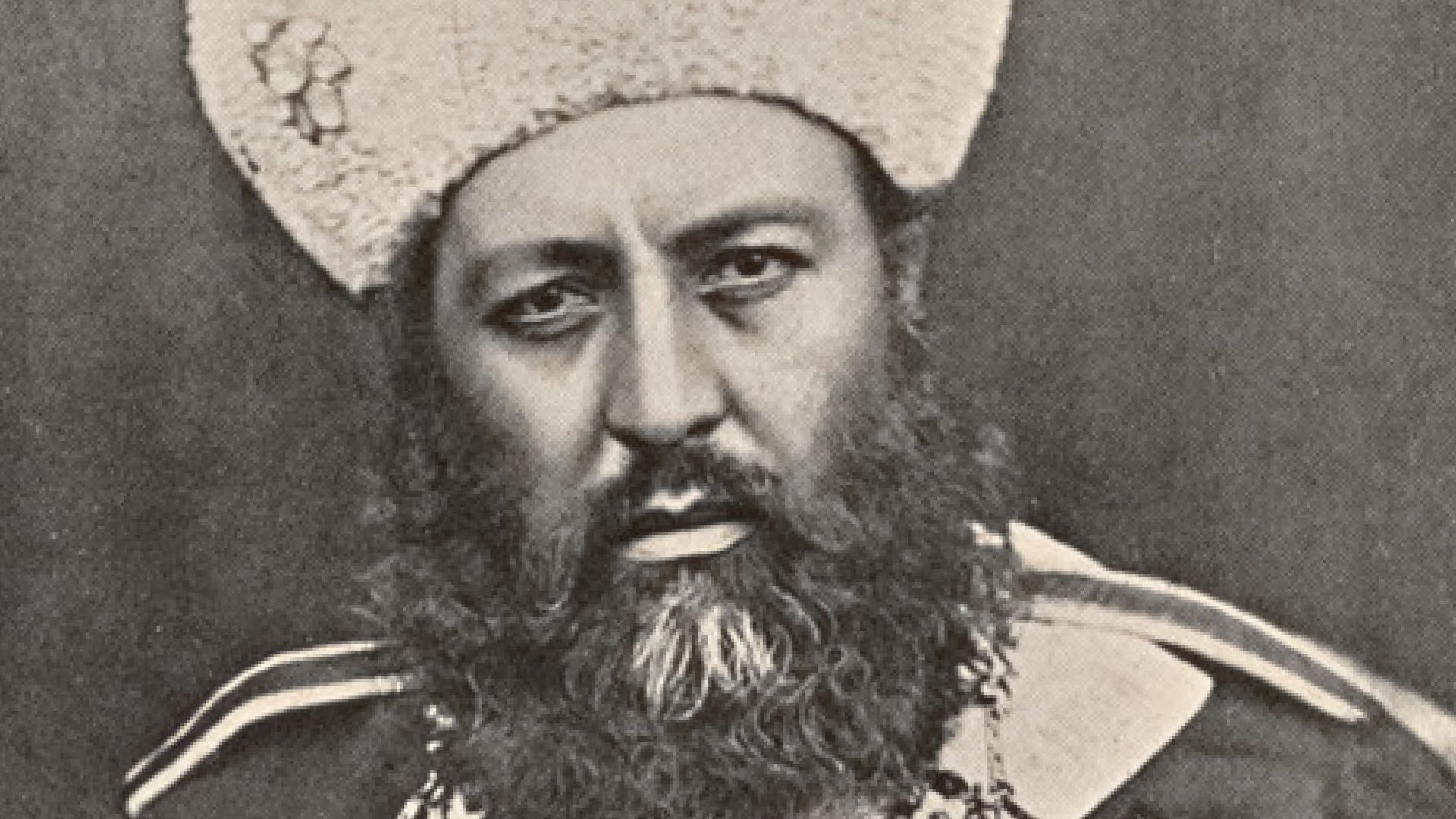 Frank A. Martin, Wikimedia Commons
Frank A. Martin, Wikimedia Commons
Brutally Putting Down The Revolt Of The Hazaras
In 1890, the Hazaras, a large ethnic group in Afghanistan, staged a revolt against the brutal leadership of the Iron Emir. As a result of the rebellion, Khan's forces massacred between 50 to 60% of the Hazara population of Afghanistan. Deliberate targeting of the Hazara populations by Khan's forces and the forced marriages of Hazara women to Pashtun men further decimated the community.
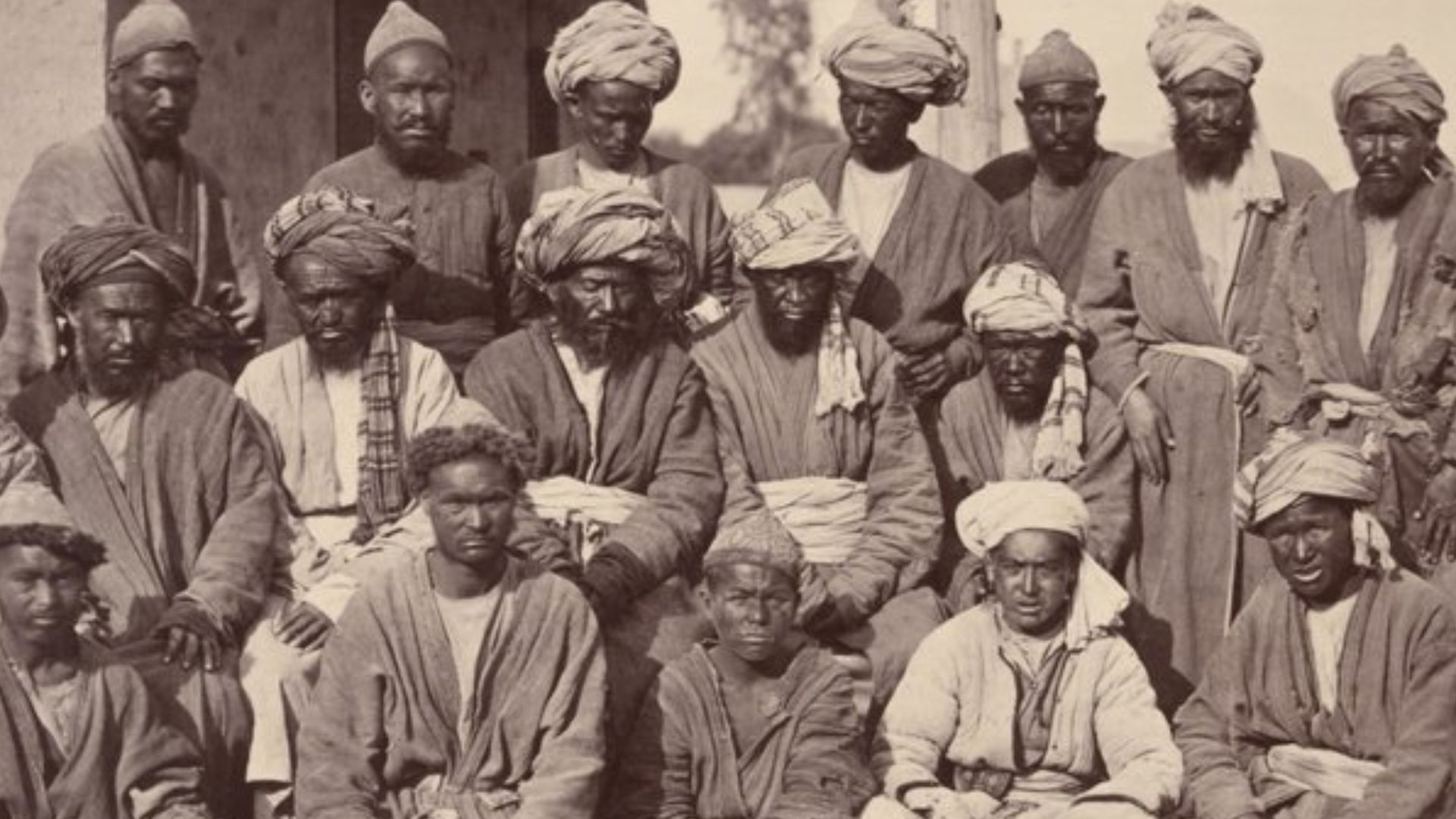 John Burke (1843 - 1900), Wikimedia Commons
John Burke (1843 - 1900), Wikimedia Commons
A Popular Pashtun Ruler, Despite The Depravity
Unfortunately for anyone but the Pashtuns, the Iron Amir was a brute. But, for the Pashtuns, he initiated many modern reforms, including the building of modern weaponry (for the late 19th century), bringing in foreign exports to Afghanistan for the first time, and even building Afghanistan's first hospital. Although not a hero, not every Pashtun has a dim view of the reign of terror of Abdul Rahman Khan.
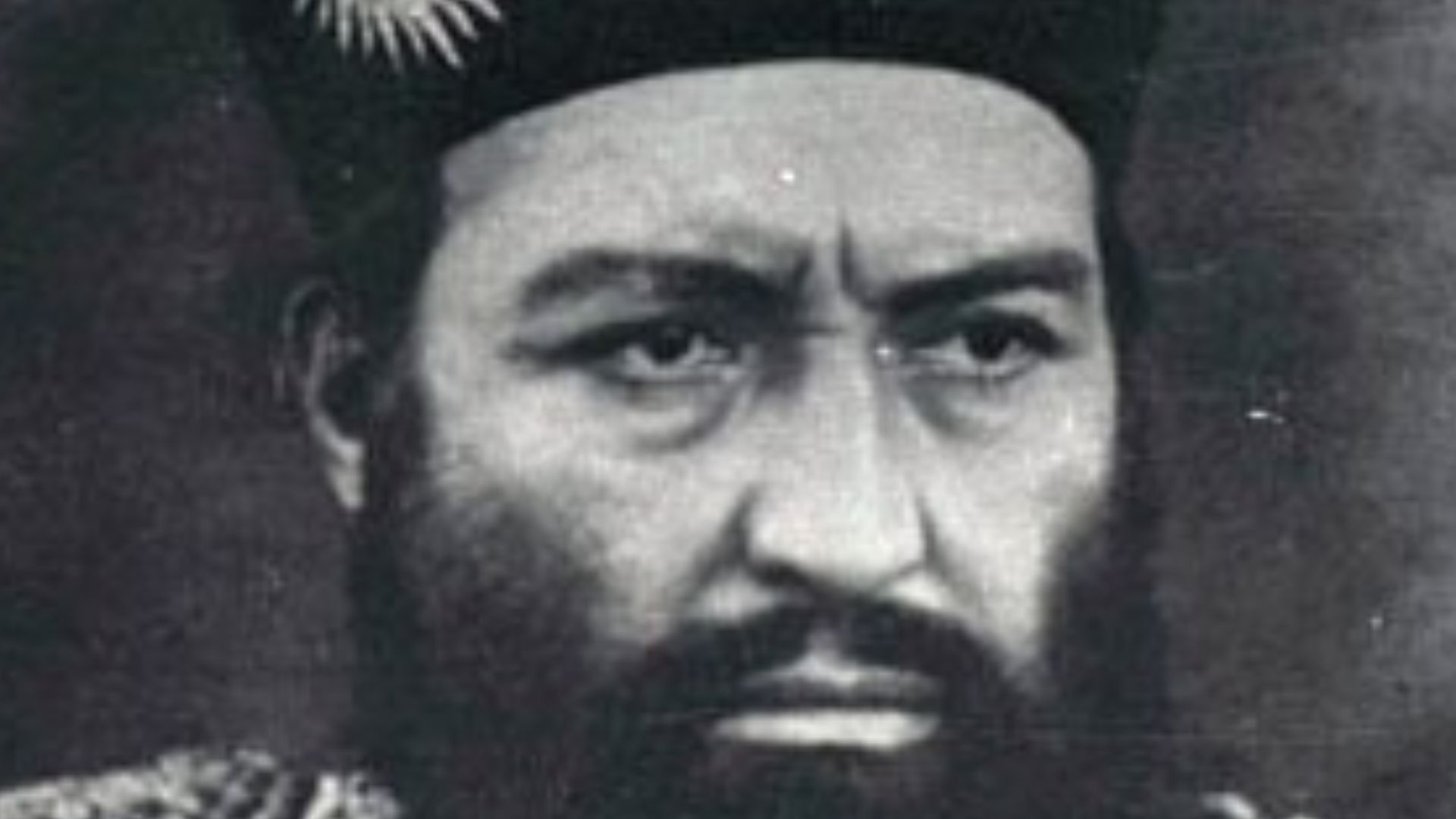 Unknown author, Wikimedia Commons
Unknown author, Wikimedia Commons
The Durand Line: A Defining Line Of Pashtun History
The Durand Line was one of the most significant political developments of the 19th century. It was established in 1893 between the Emirate of Afghanistan under the leadership of Abdul Rahman Khan and Mortimer Durand, of the Indian Civil Service, a British diplomat working for the Empire in India.
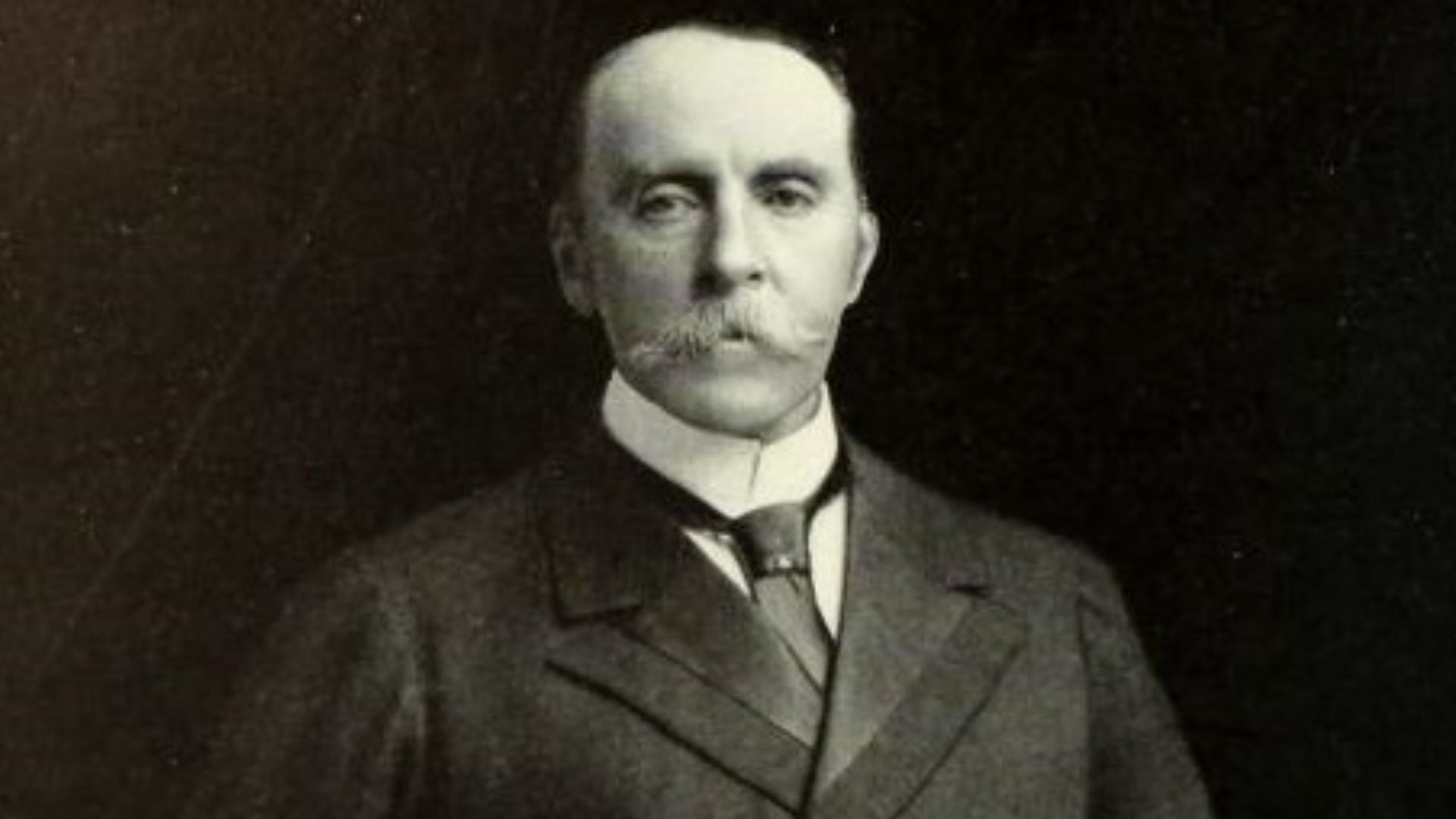 Unknown author, Wikimedia Commons
Unknown author, Wikimedia Commons
The Durand Line Carves Up Afghanistan & Pakistan
Despite "Pakistan" not having been formed yet, the Durand Line carved up the mountainous regions of Afghanistan, forcing some Pashtun tribal leaders to accept the British as their new de-facto rulers. This left the fiercely independent Pashtuns with an ax to grind and led to the Siege of Malakand, a great battle between the British and Pashtun forces in 1897.
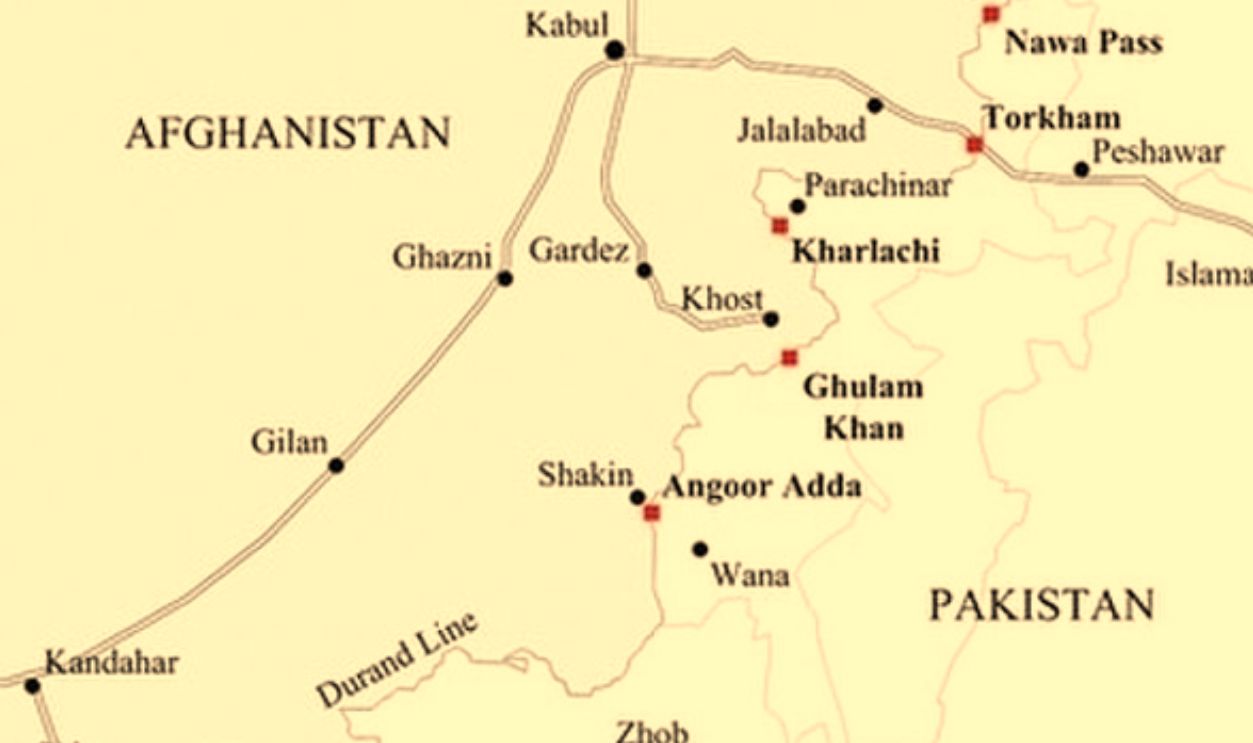 Ytpks896, CC BY-SA 4.0, Wikimedia Commons
Ytpks896, CC BY-SA 4.0, Wikimedia Commons
The Siege Of Malakand
The Siege of Malakand was a large-scale conflict between the British in India's North West Frontier and about 10,000 Pashtun tribesmen. These Pashtuns had their tribal lands torn apart by the Durand Line and sought to lay siege to the British outposts in Malakand, a district in British India (modern-day Pakistan) to regain control of their tribal territory in "Pashtunistan".
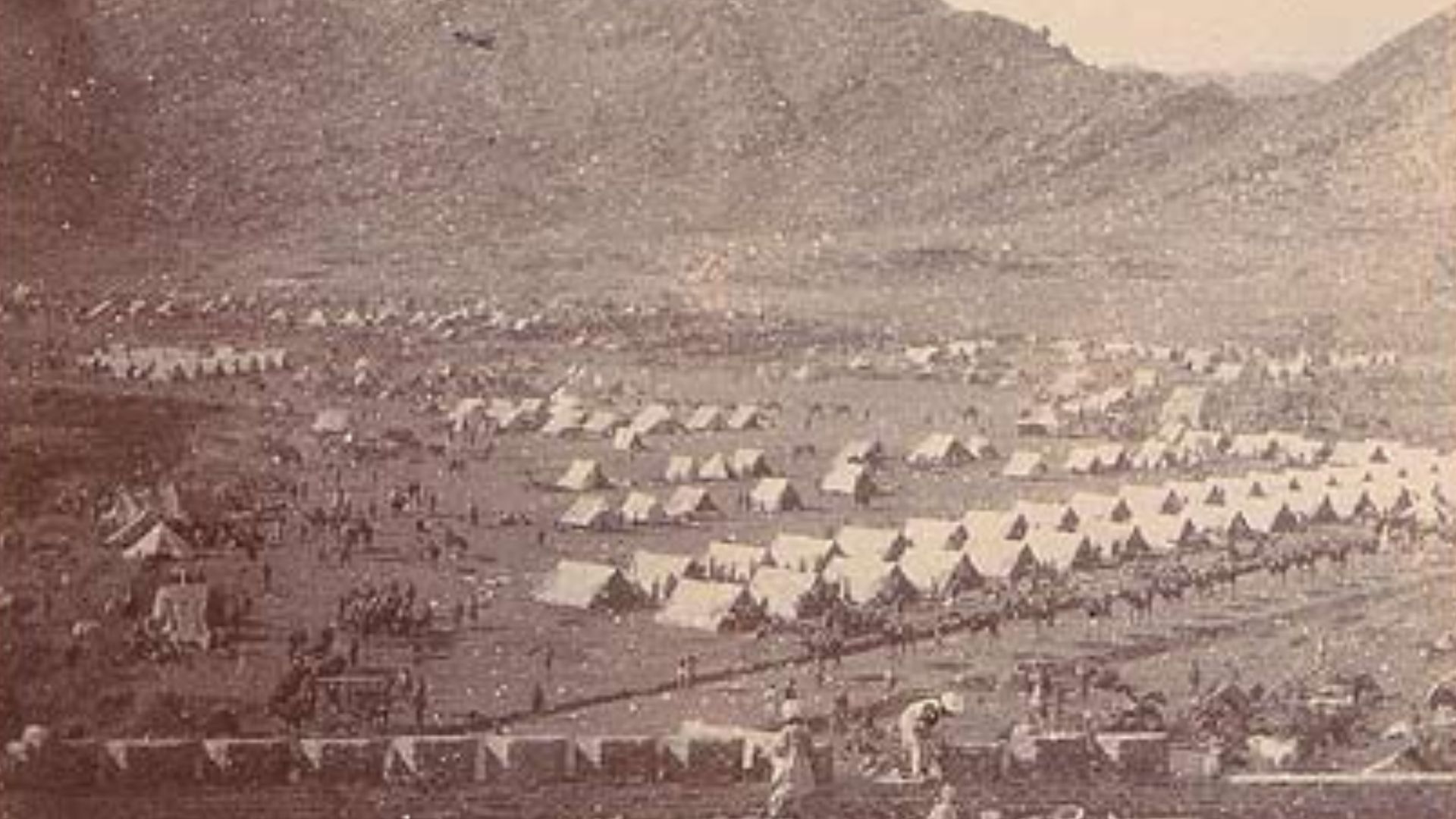 For the Siege of Malakand, from BBC News article copyright expired., Wikimedia Commons
For the Siege of Malakand, from BBC News article copyright expired., Wikimedia Commons
The Pashtuns (Almost) Serve The British A Heavy Defeat
The Siege of Malakand lasted between July 26 and August 2, 1897. It saw 10,000 Pashtun tribesmen fight an almost equal number of British troops. Heavy fighting saw both sides lose thousands, as the Pashtuns proved themselves to be skilled guerilla warfare tacticians. They used the terrain, searing heat, and many inexperienced British-Indian conscripts without the desire to fight, to their advantage.
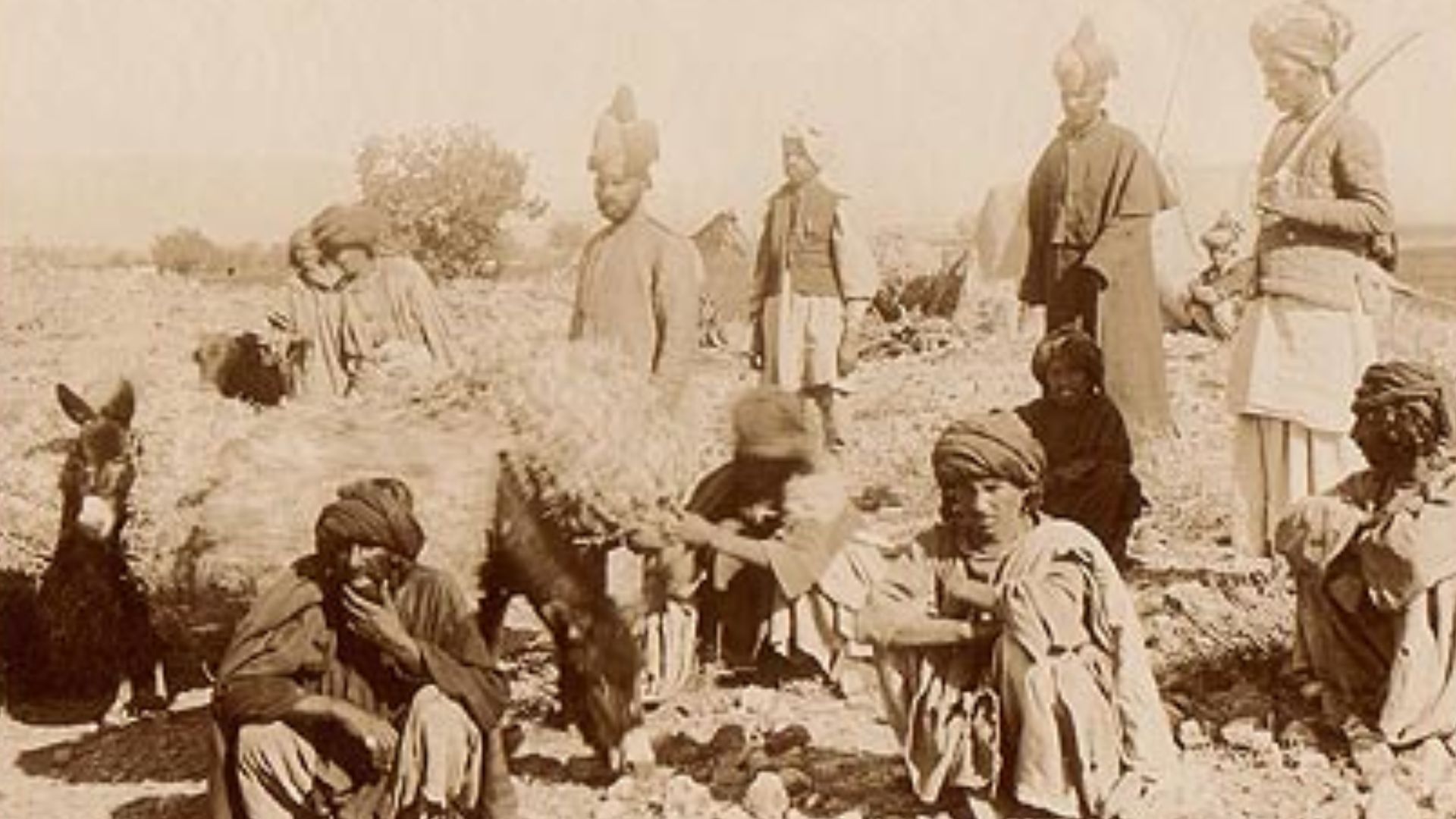 Balti sahib, Wikimedia Commons
Balti sahib, Wikimedia Commons
Reinforcements Are Needed To Secure British Victory
Such was the British disarray at Malakand that they called on Indian conscript forces to fight, eventually securing victory in August, despite heavy casualties on both sides. Among the British soldiers to taste defeat at the Siege of Malakand was one Winston Churchill.
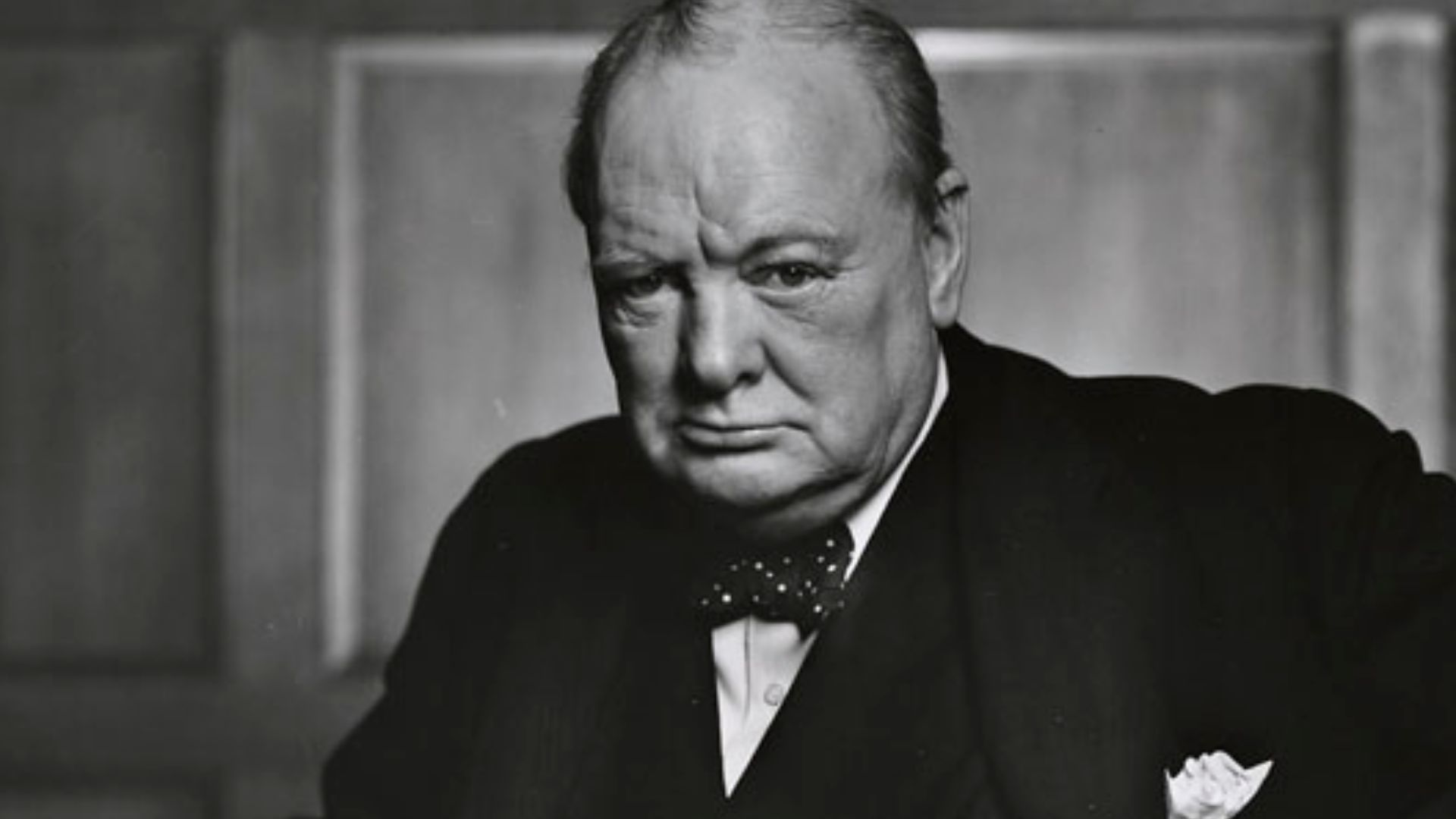 BiblioArchives / LibraryArchives from Canada, Wikimedia Commons
BiblioArchives / LibraryArchives from Canada, Wikimedia Commons
What Was Pashtunistan?
"Pashtunistan", or "land of the Pashtuns" in Pashto, was a historical region of Afghanistan and northern Pakistan, covering an area of roughly 100,000 square miles. The term has been in use since the Middle Ages and covers all areas where Pashtun culture, language, and people have lived for centuries. Today, it's known as individual countries, but is still colloquially called "Pashtunistan". Upwards of 100 million people live in the large geographical area.
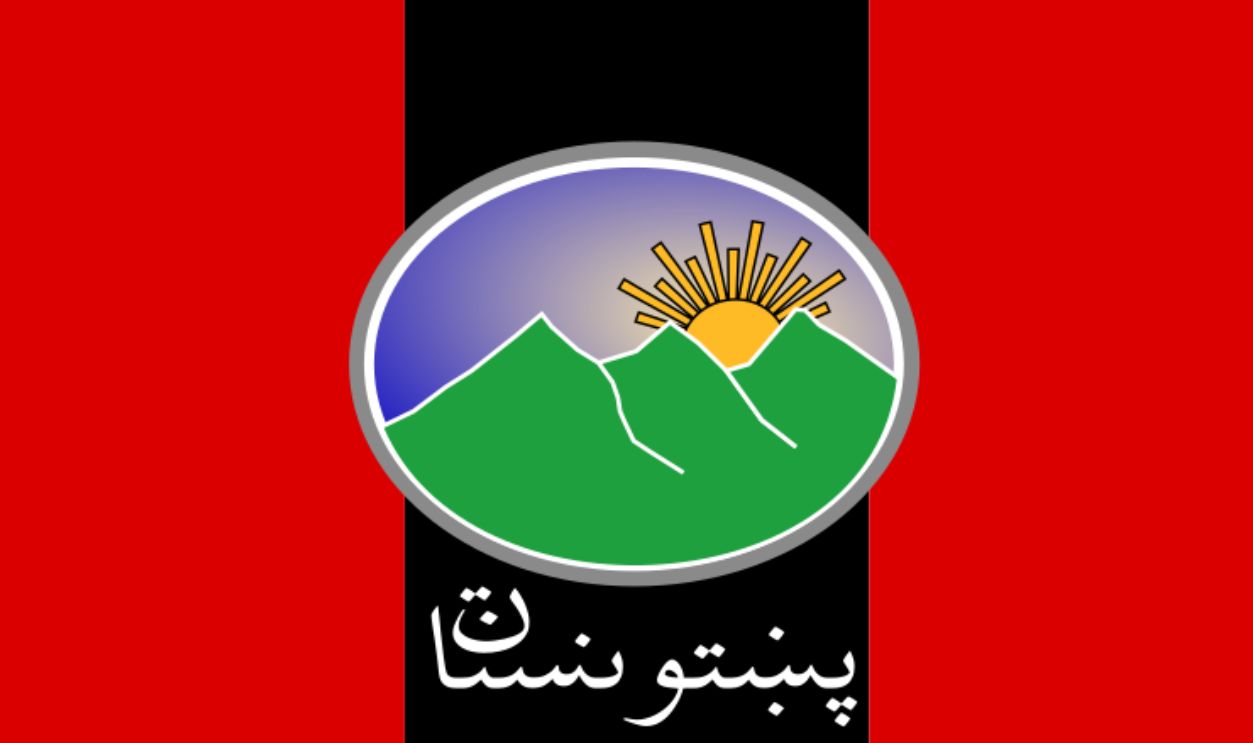 Benchmark, CC BY-SA 4.0, Wikimedia Commons
Benchmark, CC BY-SA 4.0, Wikimedia Commons
The Pashtuns Were 20th-Century Independence Fighters
In India, Pashtun tribespeople fought tirelessly throughout the 20th century for Pakistan's independence from India and Great Britain. Ashfaqulla Khan was a prominent Pashtun resistance fighter during the Anglo-Afghan War at the end of the 19th century, but took up Mohandas Gandhi's non-violent method of resistance to British occupation of India in the 20th century.
Pashtuns Fighting For Pakistani Independence
Alongside their Indian Pashto brothers, many Pashtuns located in Pakistan began taking an active role in the Muslim League's resistance to British rule in India and fighting for the creation of an independent Islamic state, as the Muslims of India (under British rule) often faced religious tensions with other religious groups of India.
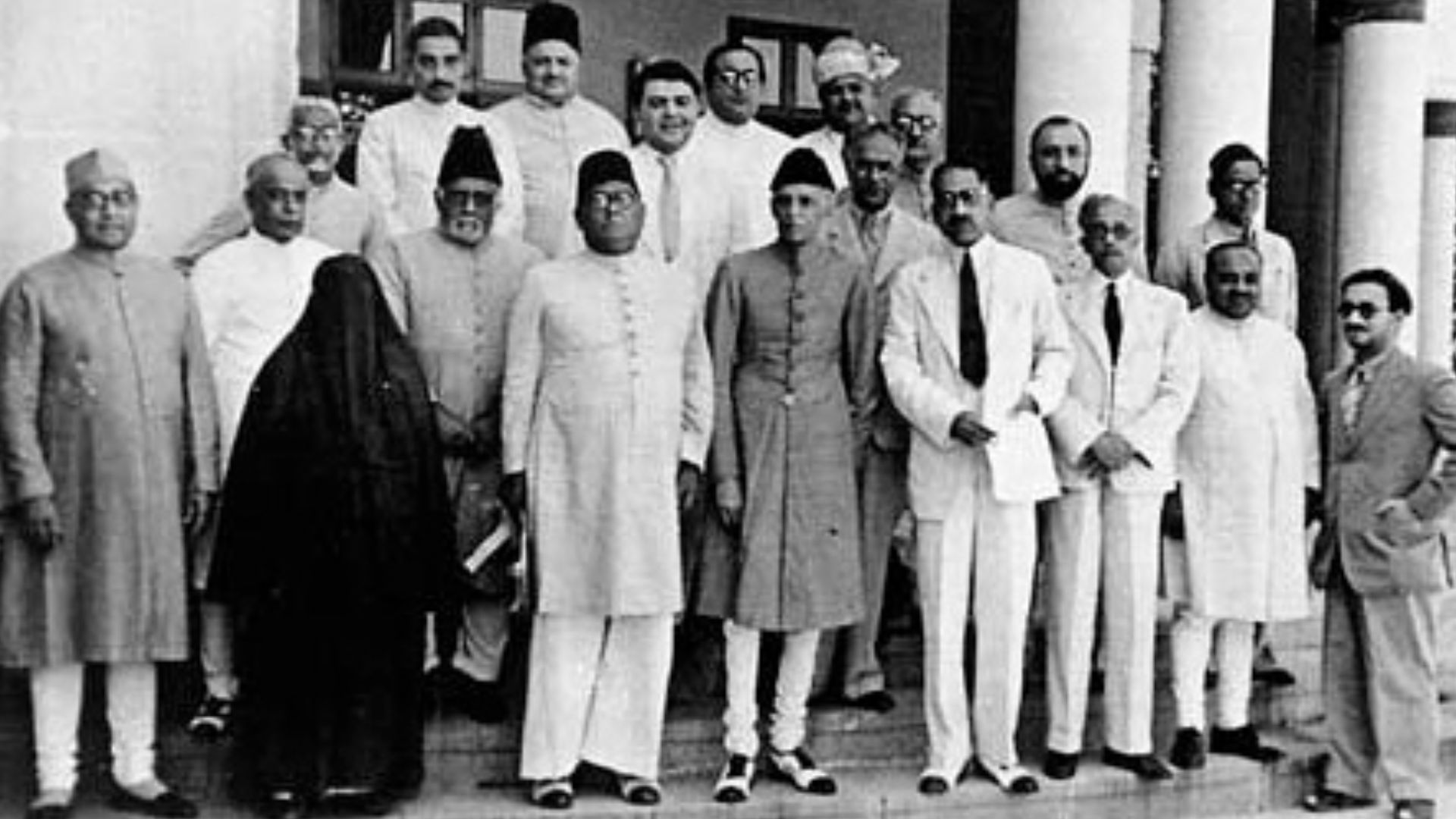 Unknown author, Wikimedia Commons
Unknown author, Wikimedia Commons
Complete Independence For Afghanistan Following The Third Anglo-Afghan War
Another Anglo-Afghan war erupted in 1919, this time featuring prominent Pashtun warrior Amanullah Khan, who led his forces to victory by deposing his own uncle as the Emir of Afghanistan. His reign would see Afghanistan finally receive independence from Great Britain, following the signing of an armistice in 1919.
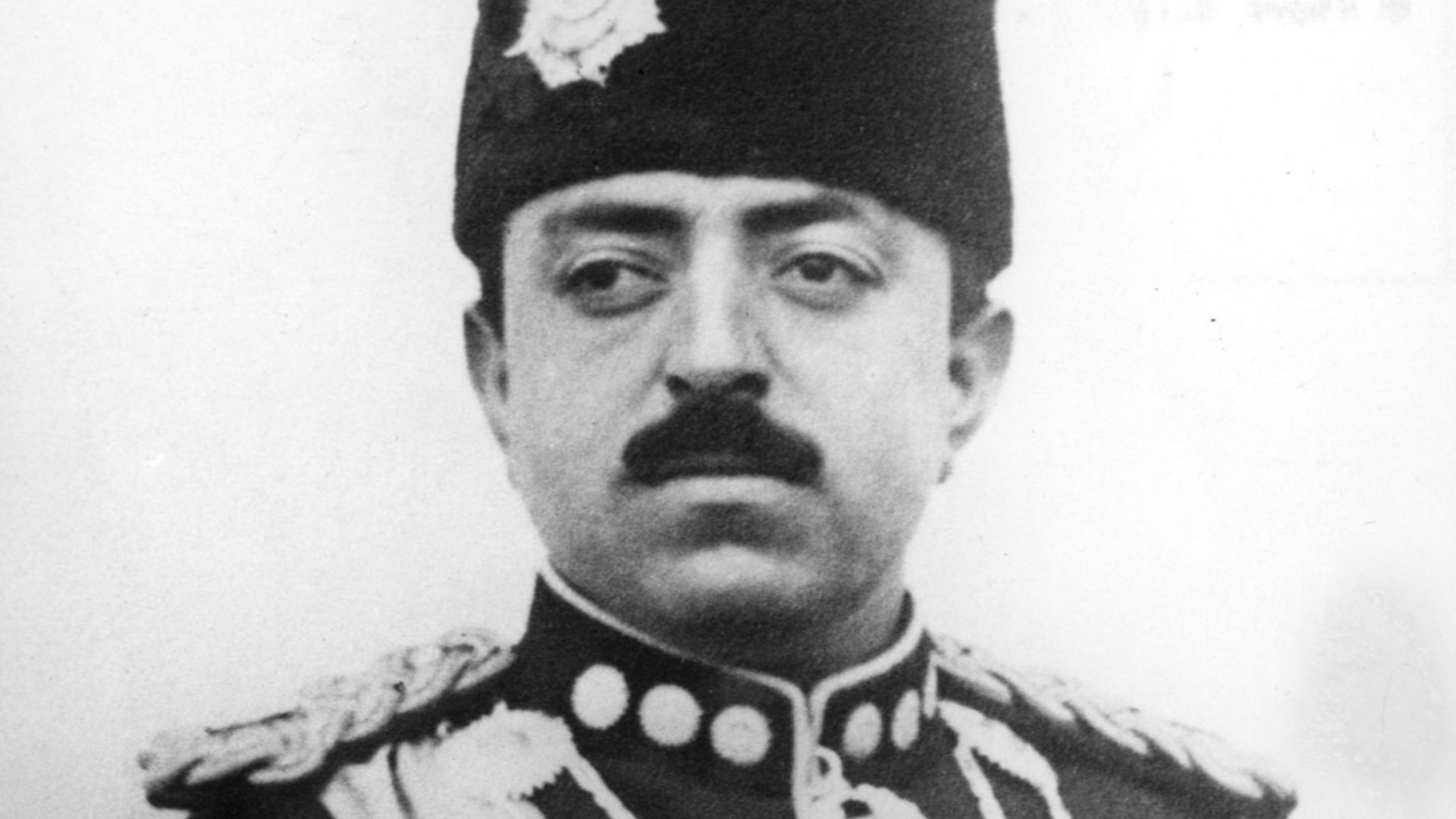 Unknown author, Wikimedia Commons
Unknown author, Wikimedia Commons
Daoud Khan & Pashtun Nationalism
Afghanistan's president-by-coup in 1973, Daoud Khan, was a popular man among the Pashtuns of Afghanistan, allowing his cries of Pashtun nationalism (particularly popular after the independence of Pakistan) to make him hugely popular, seizing control of Afghanistan from his own cousin. Pashtun nationalism would continue to plague Afghanistan and neighboring Pakistan for the next decade.
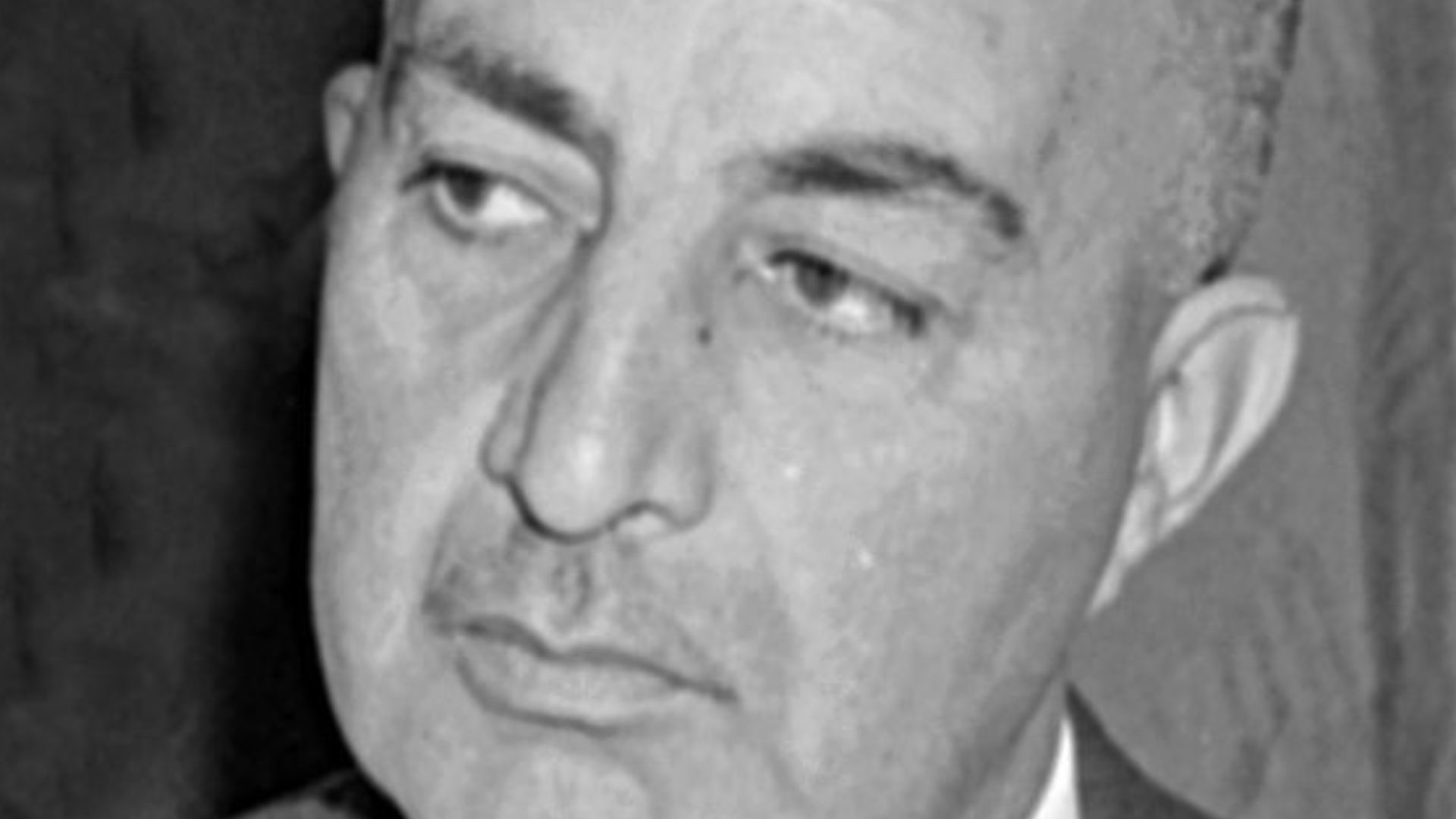 James A. Cudney, Wikimedia Commons
James A. Cudney, Wikimedia Commons
Pashtun Nationalism Replaced By A "Democratic" People's Republic
In 1978. Daoud Khan was slain by the People's Democratic Party of Afghanistan (PDPA), claiming that Afghanistan was a democratic republic led by the "Khalq", a faction of the PDPA that espoused communist ideology, namely, overthrowing the current political system of the presidency by class struggle. In-fighting among two prominent members would lead the Soviet Union to intervene and halt the new "Democratic" People's Republic in its tracks in 1979.
 Orange Tuesday, Wikimedia Commons
Orange Tuesday, Wikimedia Commons
Pashtuns In Today's Afghanistan
Pashtuns make up the majority in today's Afghanistan and hold leadership roles among the ruling regime of the Islamic Emirate of Afghanistan, including being members of the Taliban government of Afghanistan.
More Pashtuns Identify Nationally Before They Identify As Pashtuns
Interestingly, despite their strong ethnic connections, Pashtuns living in Pakistan identify more strongly as Pakistani, with up to 9% favoring their national identity over identifying as Pashtuns. The largest groups of Pashtuns are the Durranis and Ghiljis, with two-thirds of Pashtuns belonging to each of these two confederations.
Pashtunwali: The Tie That Binds Them All
Pashtunwali is an honorary code that predates Islam, and that all Pashtuns are supposed to adhere to throughout their lives. Its core tenets are honor, revenge, loyalty, bravery, trust, respect for women, and the appointment of a "jirga", or a tribal council. Our best anthropological estimates dictate that Pashtunwali stretches back at least 4,000 years.
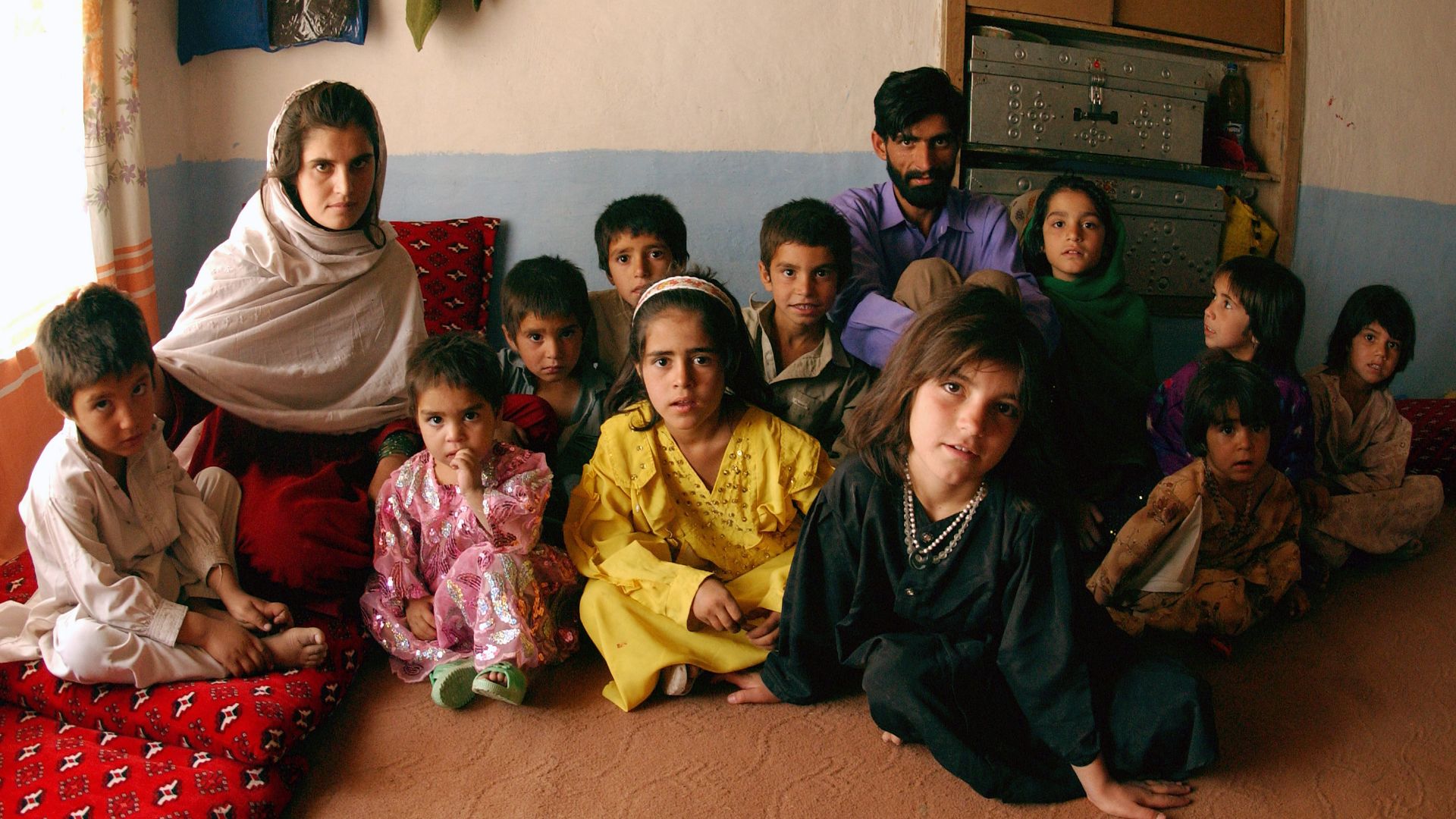 DoD photo by: SRA BETHANN HUNT, USAF, Wikimedia Commons
DoD photo by: SRA BETHANN HUNT, USAF, Wikimedia Commons
Pashtunwali & The Story Of Marcus Luttrell
Marcus Luttrell was a United States Navy SEAL who took part in "Operation Red Wings," a United States military operation in 2005 in Afghanistan, with the objective of disrupting a network of Taliban-aligned militias as part of the War on Terror. Luttrell and three other SEALs were dropped at night behind enemy lines, but the worst part was yet to come.
 roanokecollege, Wikimedia Commons
roanokecollege, Wikimedia Commons
SEALs Under Fire
The following day, the SEAL team came under fire while on a mountainside, during which three members of the team lost their lives. The only surviving member, Corpsman Marcus Luttrell, was able to escape. During his escape down the mountainside, he encountered Mohammad Gulab Khan, a Pashtun villager. But instead of giving up Luttrell to the Taliban, Khan took Luttrell into his home, as per the Pashtunwali edict of "Nanawatai", providing asylum to a person to protect them from their enemies.
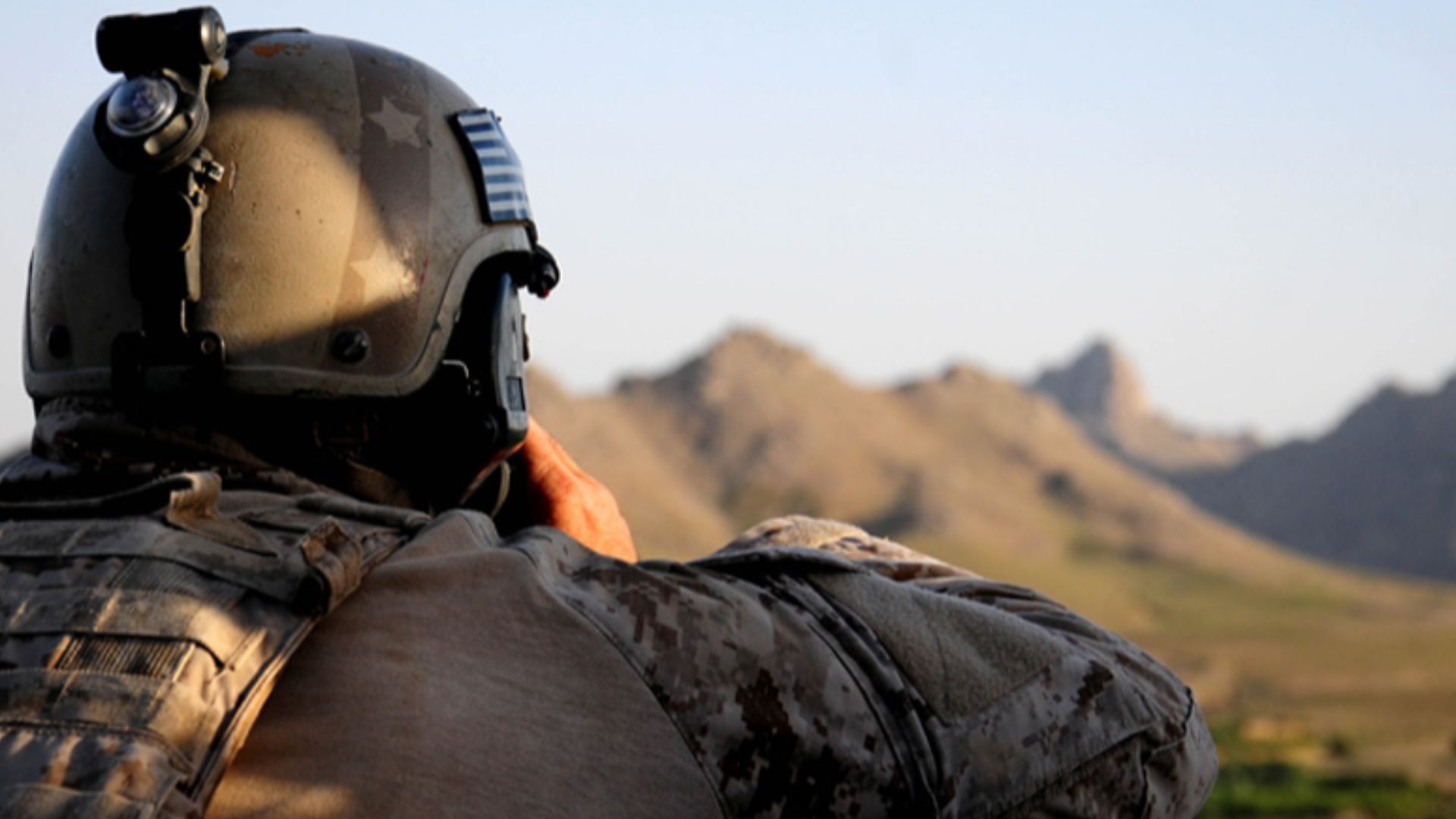 Ryan Whitney, Wikimedia Commons
Ryan Whitney, Wikimedia Commons
Driven By Honor & Goodwill
During this time, nearby villages had been serviced by Western military medical personnel, including the building of a girls' school and medical treatments provided to sick villagers. This goodwill, along with the Pashtunwali code, enabled Khan to provide sanctuary for Luttrell.
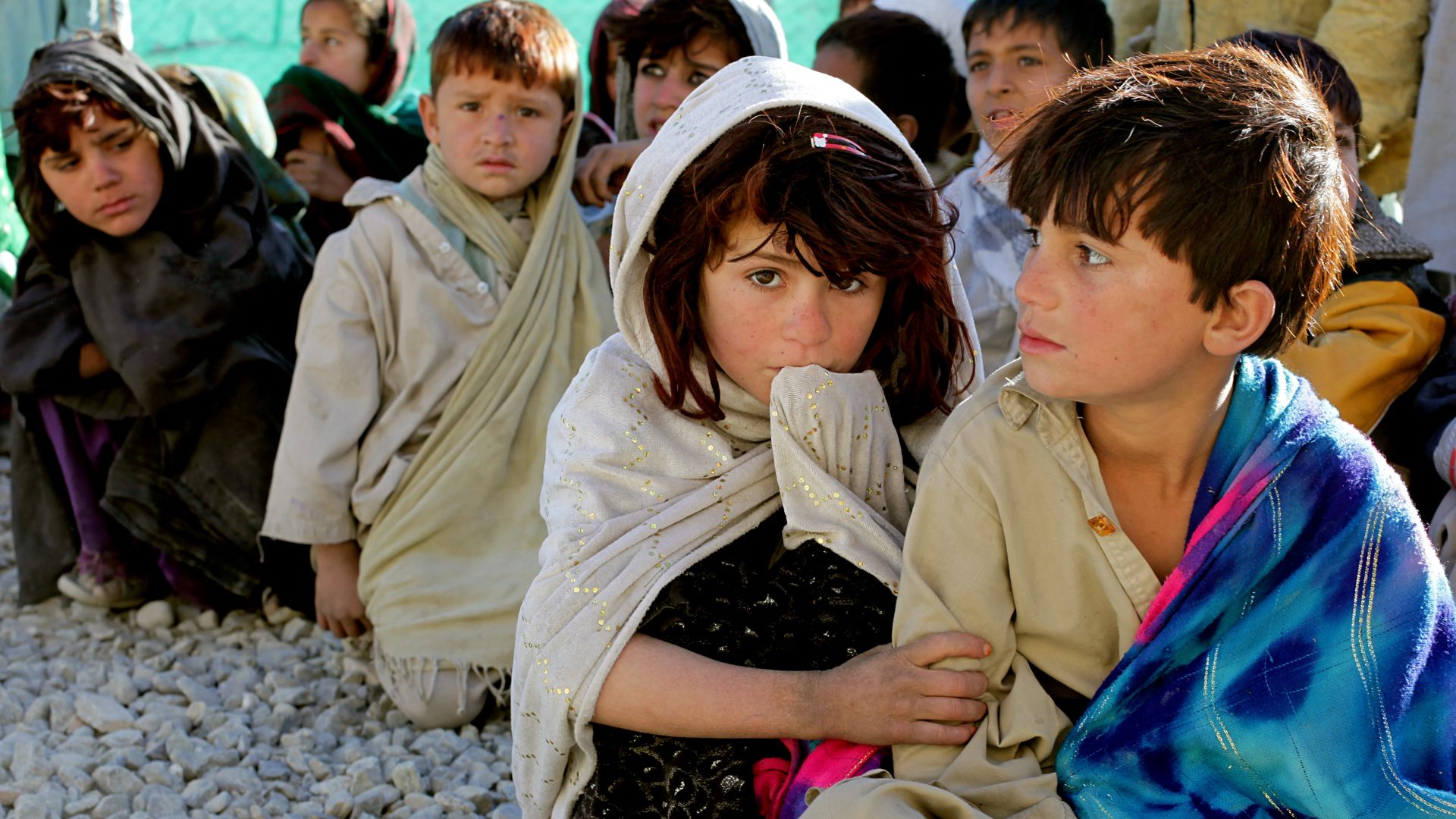 Staff Sgt. Andrew Smith (U.S Army Photographer) Exif info, Wikimedia Commons
Staff Sgt. Andrew Smith (U.S Army Photographer) Exif info, Wikimedia Commons
Protecting Him With His Life
The principle of Nanawatai allowed Gulab Khan to offer protection to Luttrell. He enlisted the help of the local villagers to help hide Marcus Luttrell from the visiting Taliban commanders, who were no friends of the Pashtun tribespeople in the area. It is likely that Gulab Khan and the villagers would have gone so far as to protect Marcus with their lives by engaging in a firefight with the Taliban.
 Larry D. Moore, Wikimedia Commons
Larry D. Moore, Wikimedia Commons
The Pashtunwali Code Saved Marcus Luttrell's Life
The Pashtunwali Code and the Pashtuns who adhered to it in 2005, including Gulab Khan, saved the life of a wounded Navy SEAL, putting honor and hospitality over and above fear for their lives. It took until the Taliban re-captured Afghanistan in 2021 for the Khan family to be given asylum in the United States permanently, despite the risk they took for one Navy SEAL, adhering to an ancient code that defines the mountain tribe built on honor.
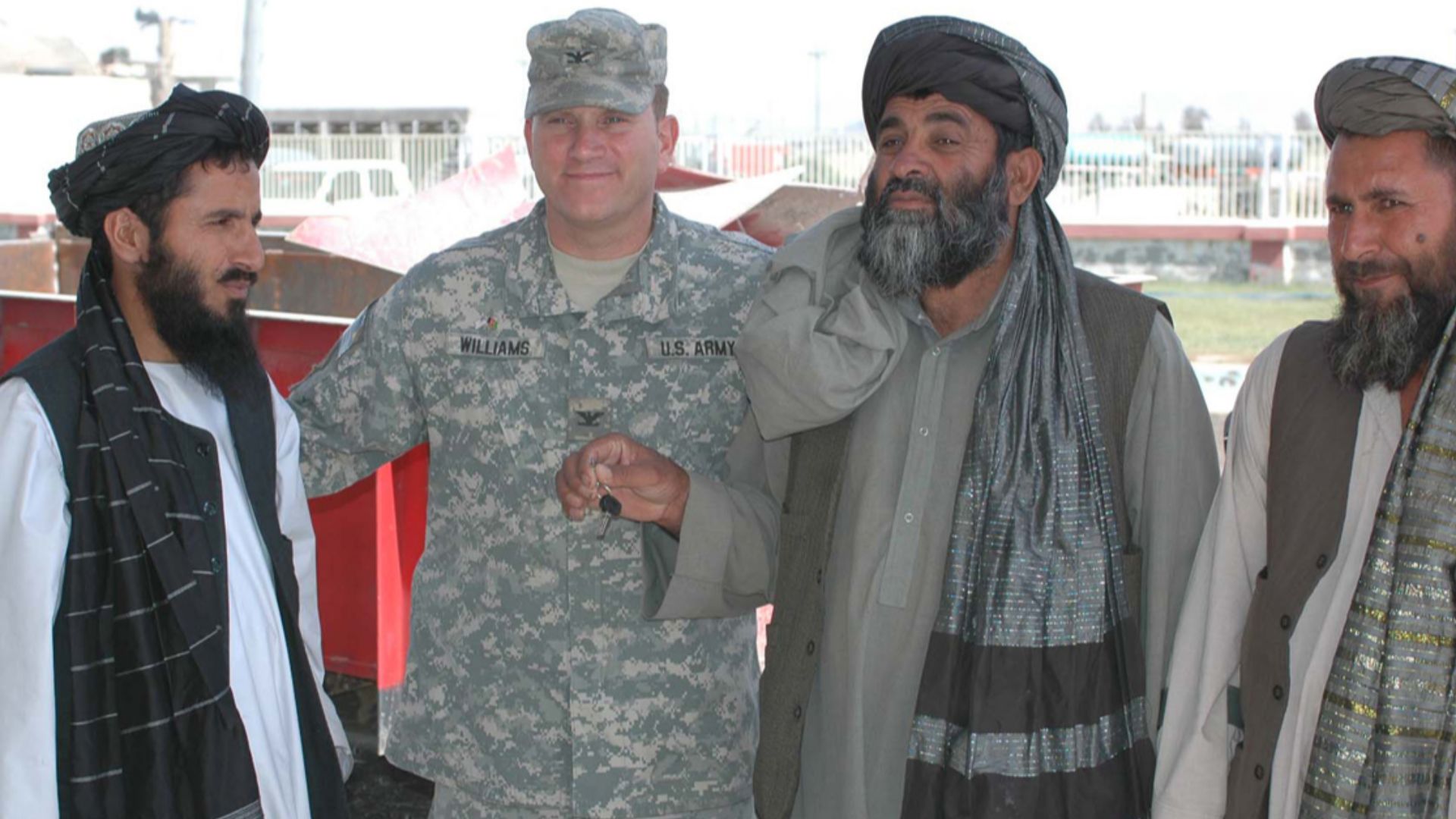 Capt. Vanessa R. Bowman, Wikimedia Commons
Capt. Vanessa R. Bowman, Wikimedia Commons
You May Also Like:
Pictures Of The Way Boomers Grew Up In The Mid-1900s
The Pamiri: The People Caught At A Cultural Crossroads

